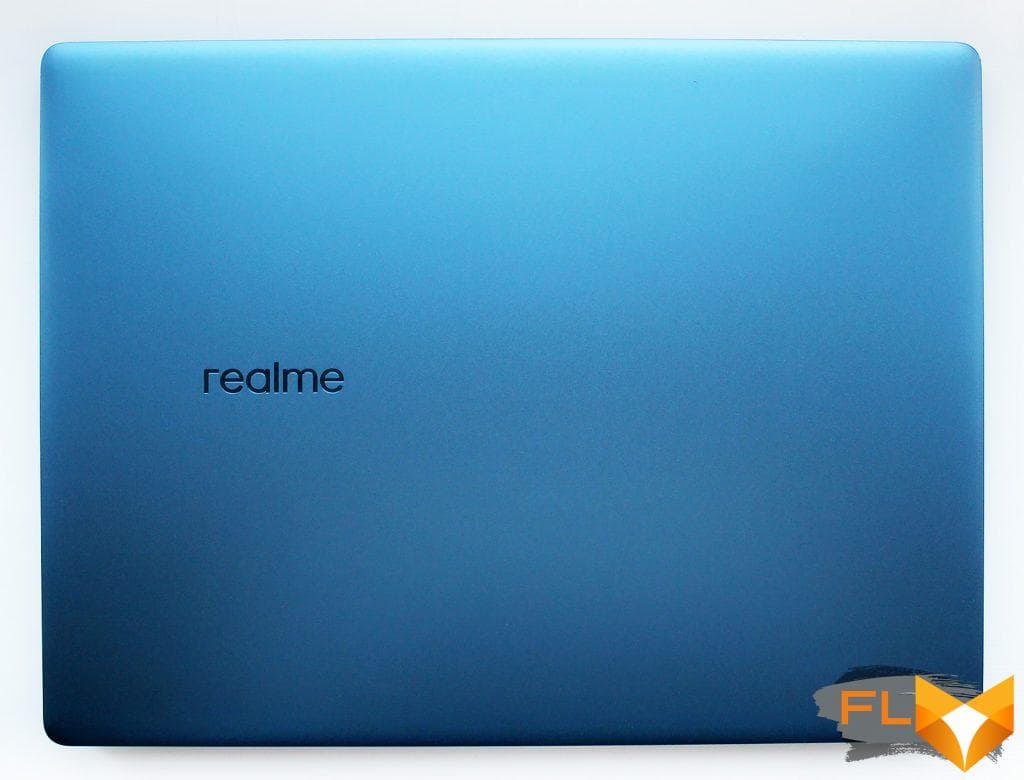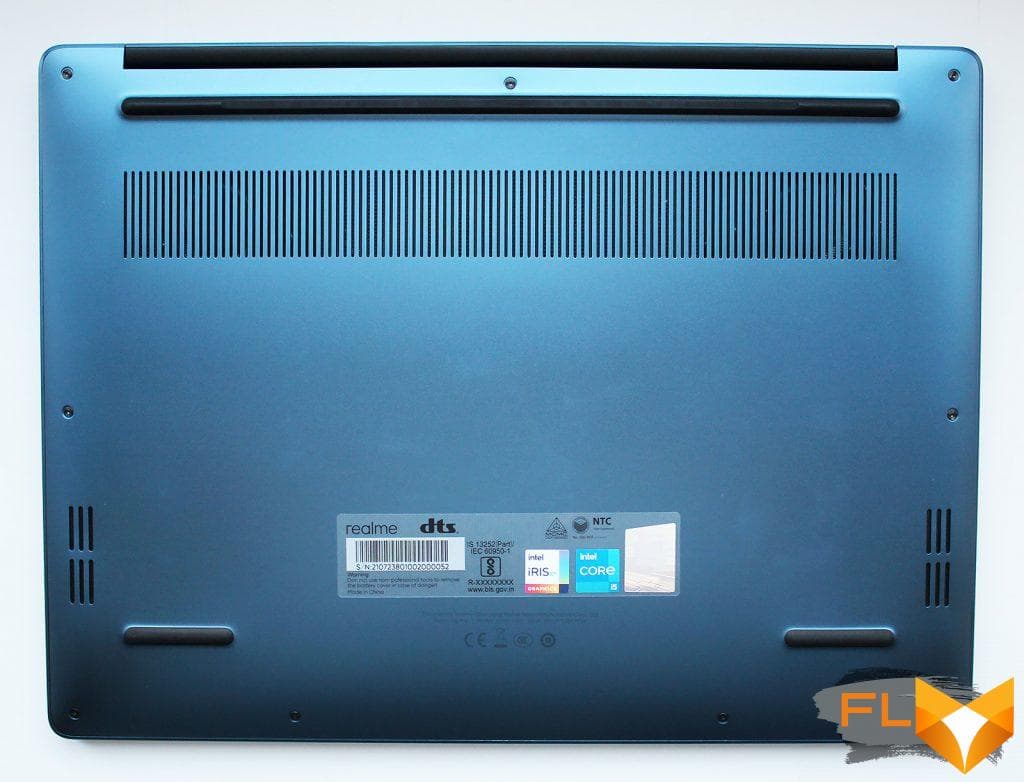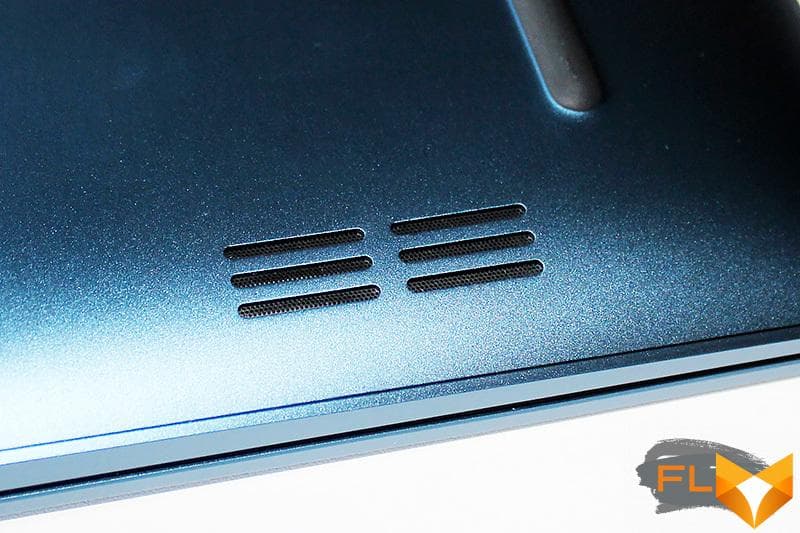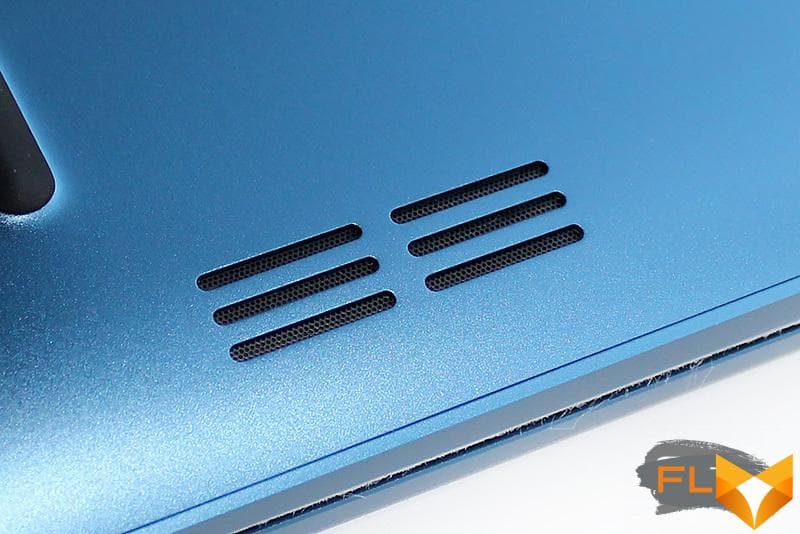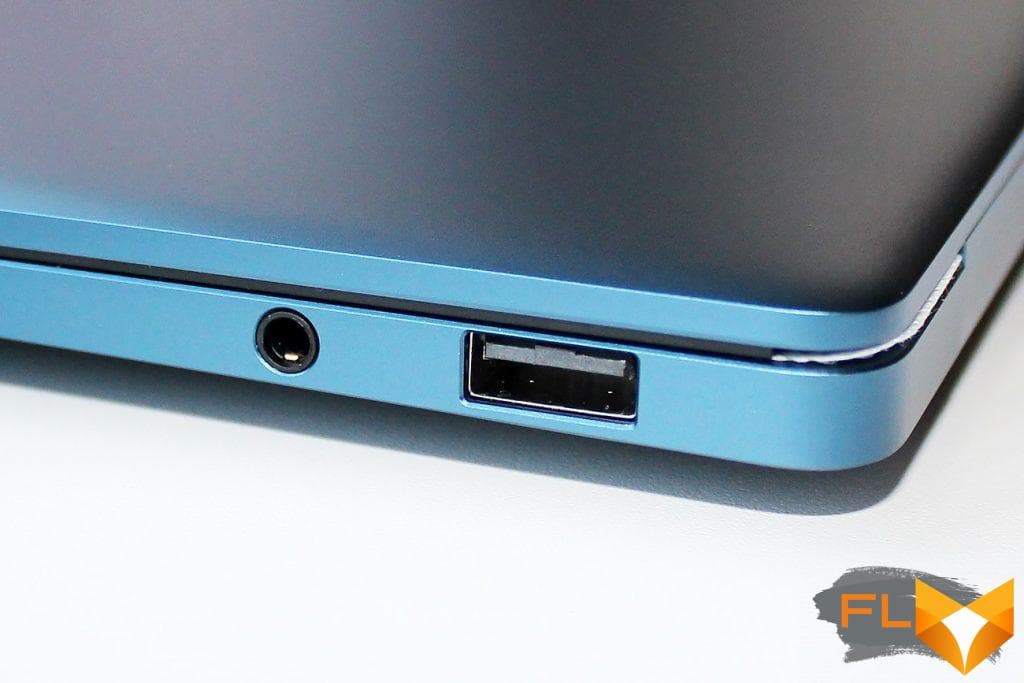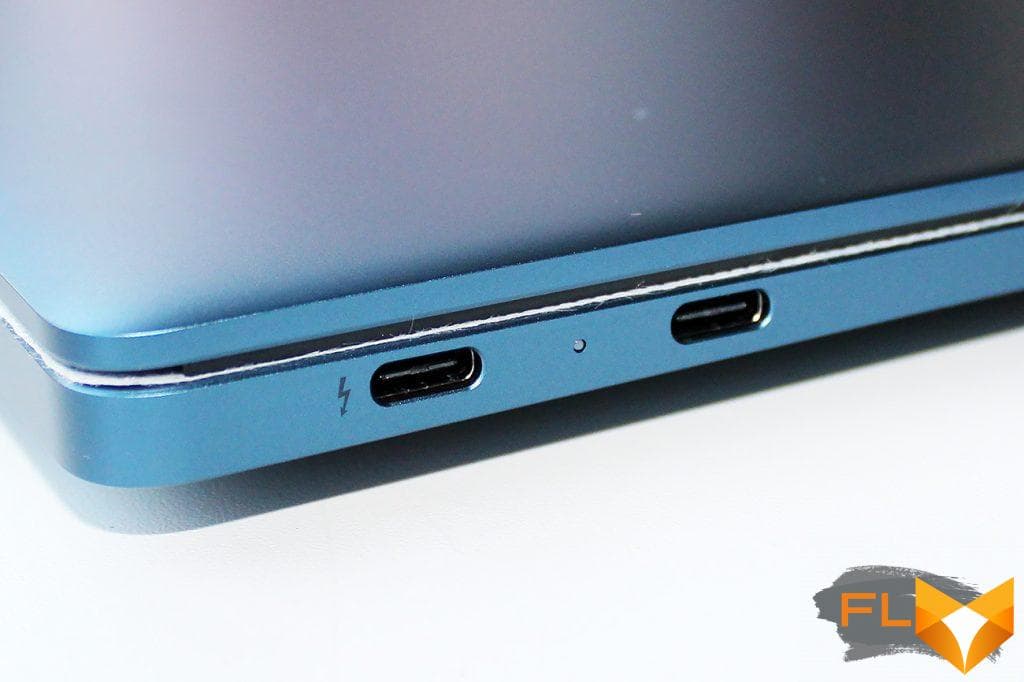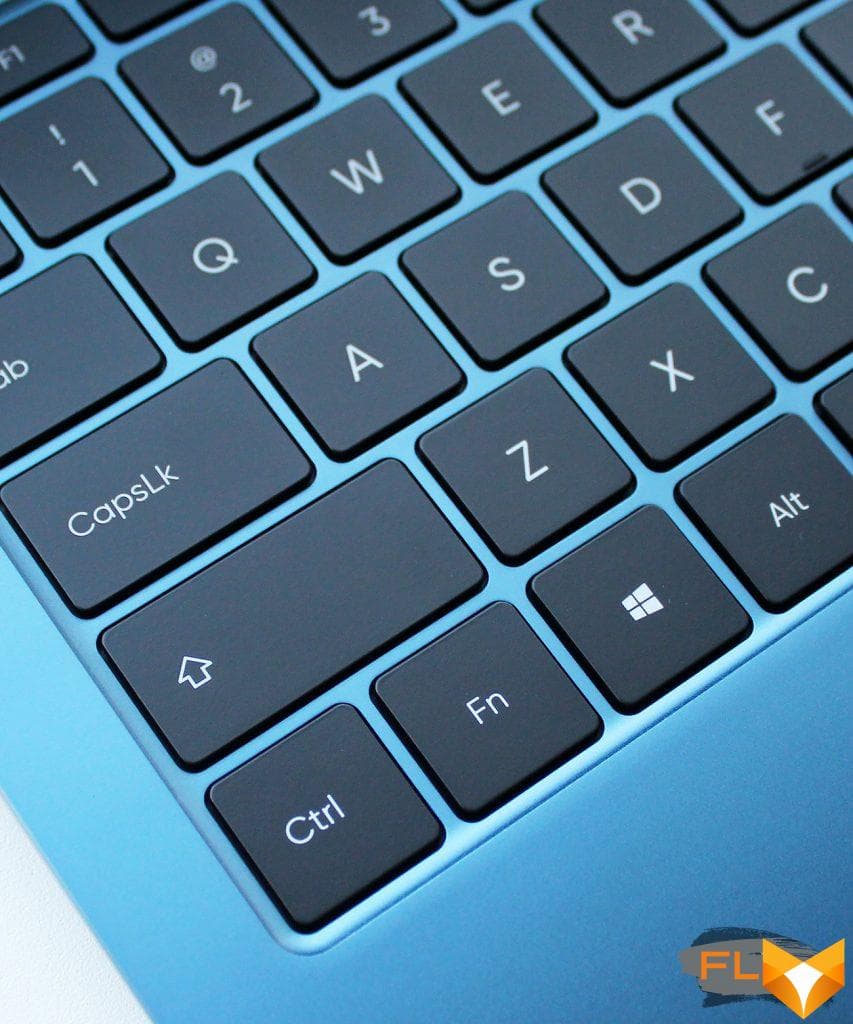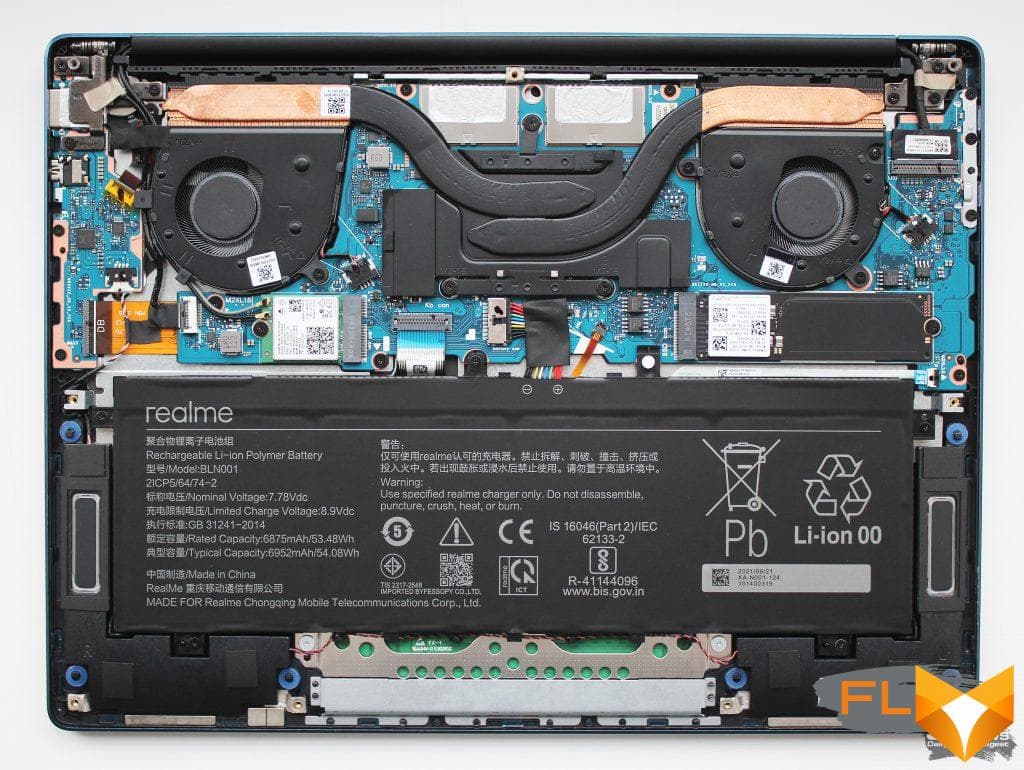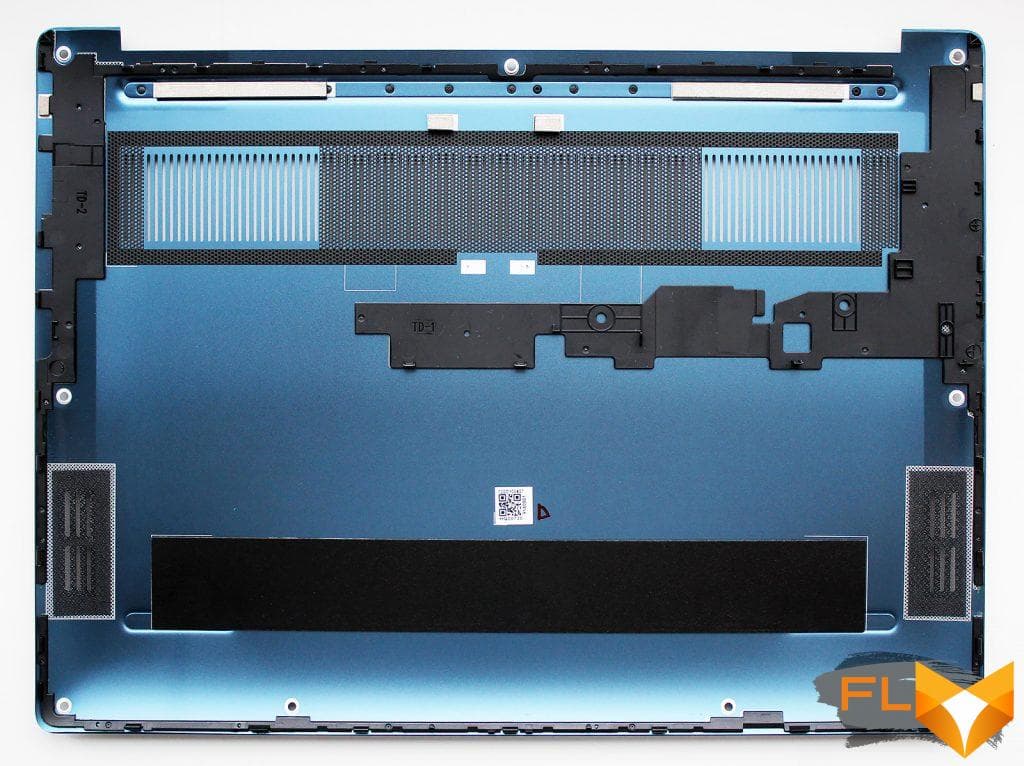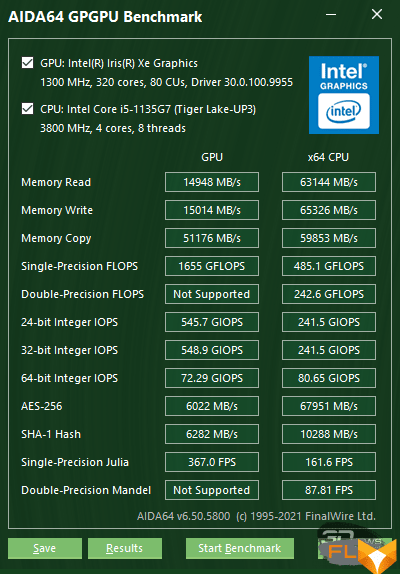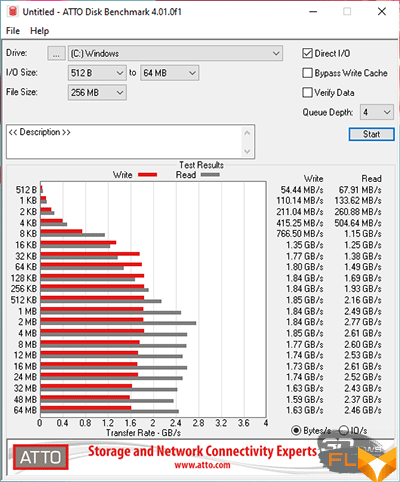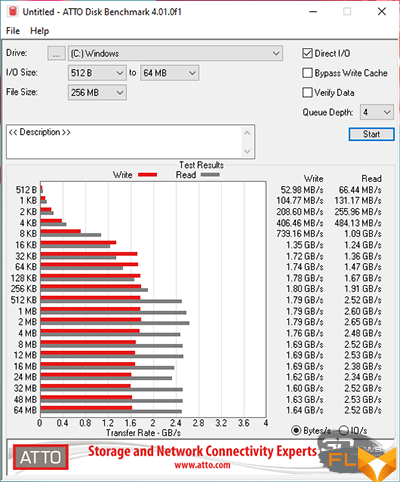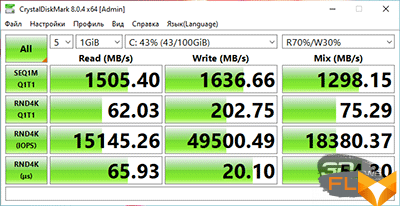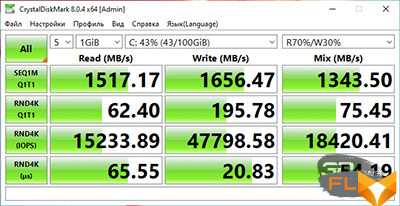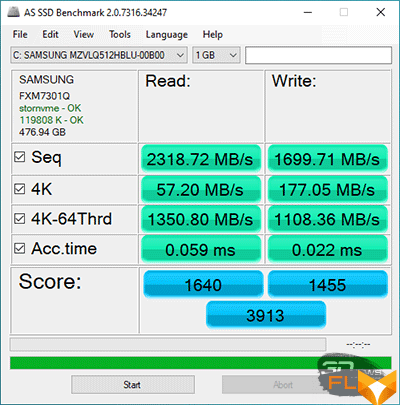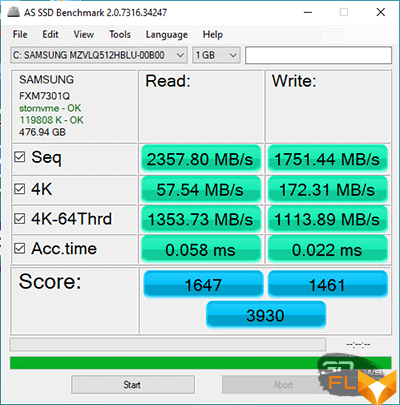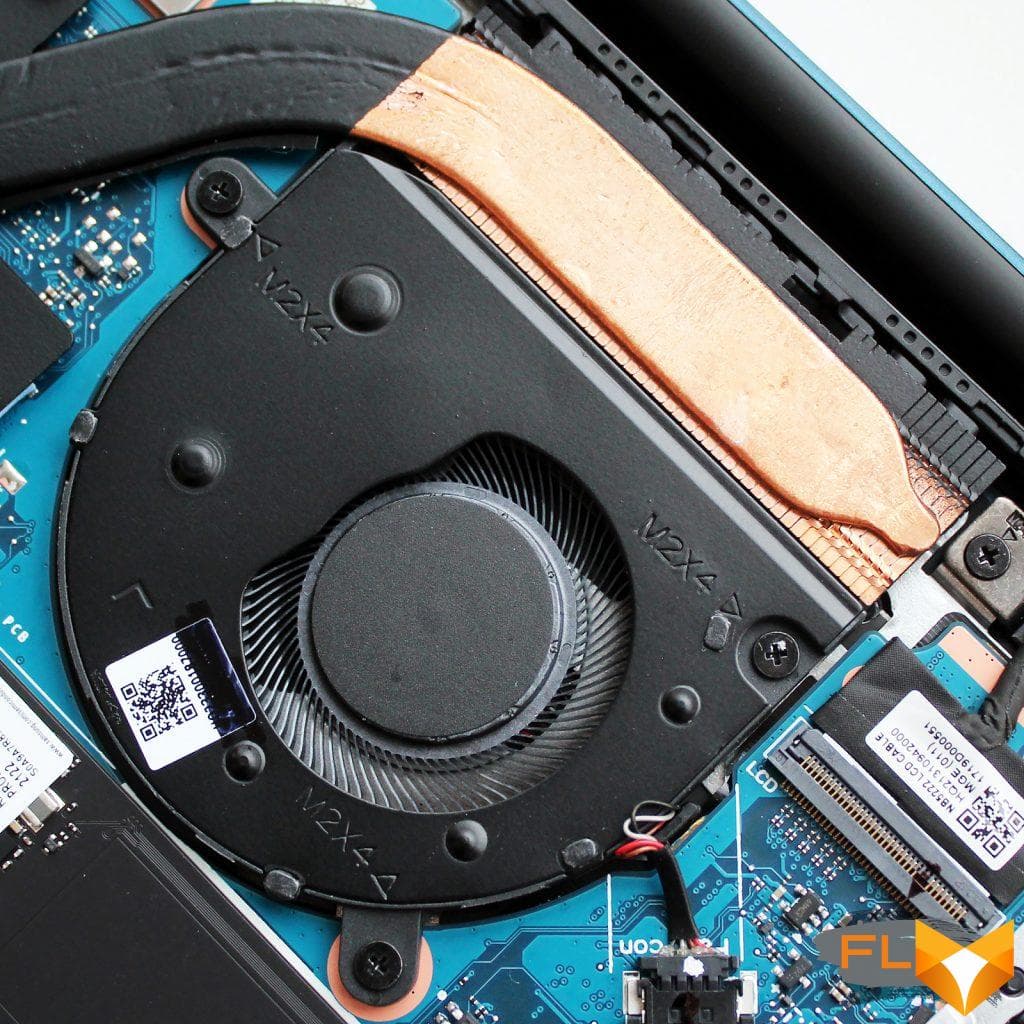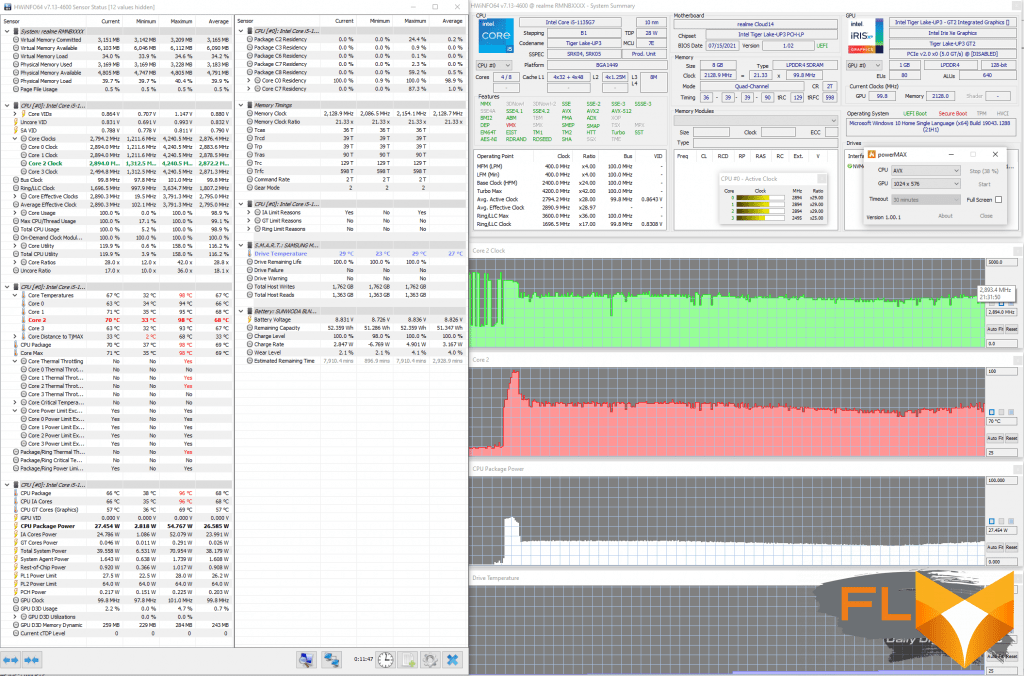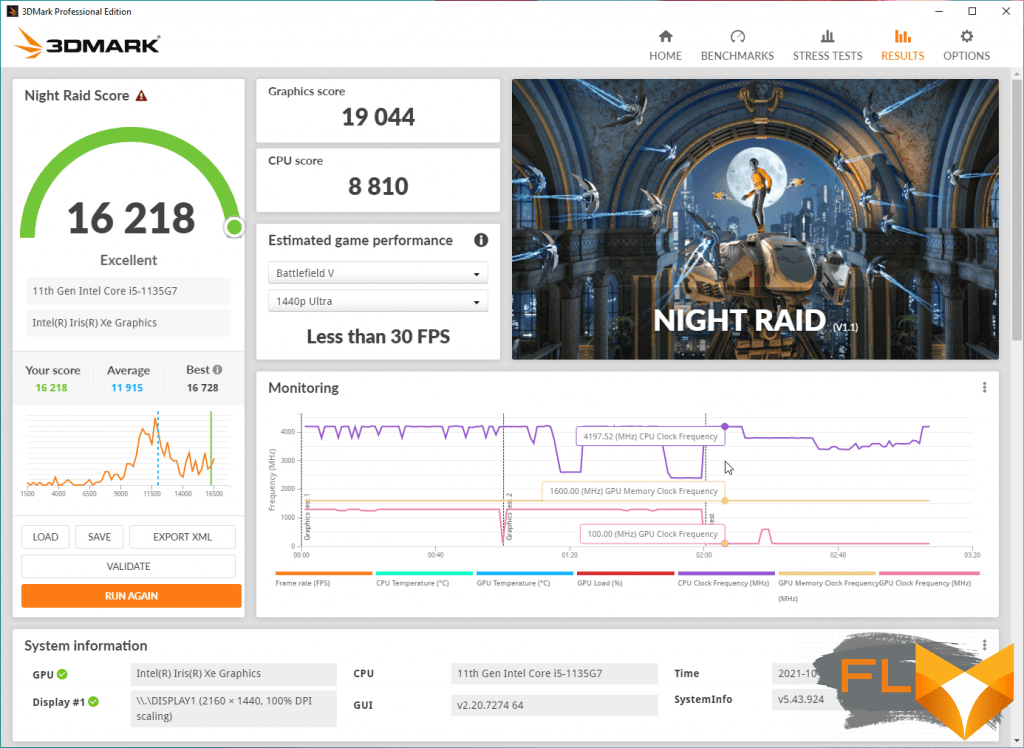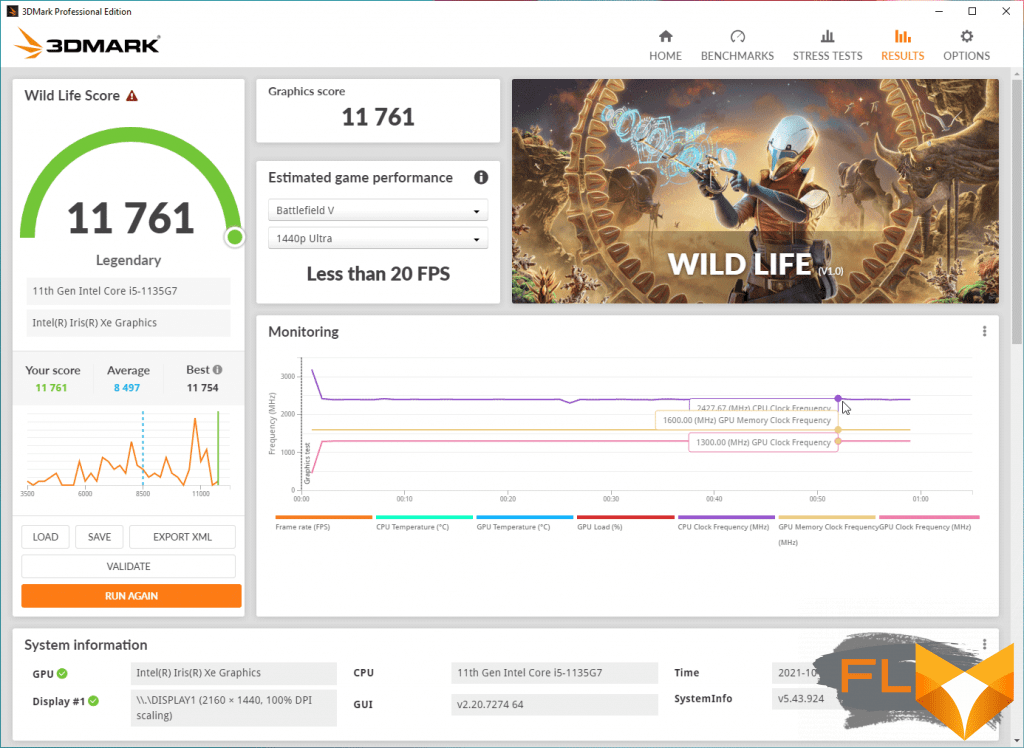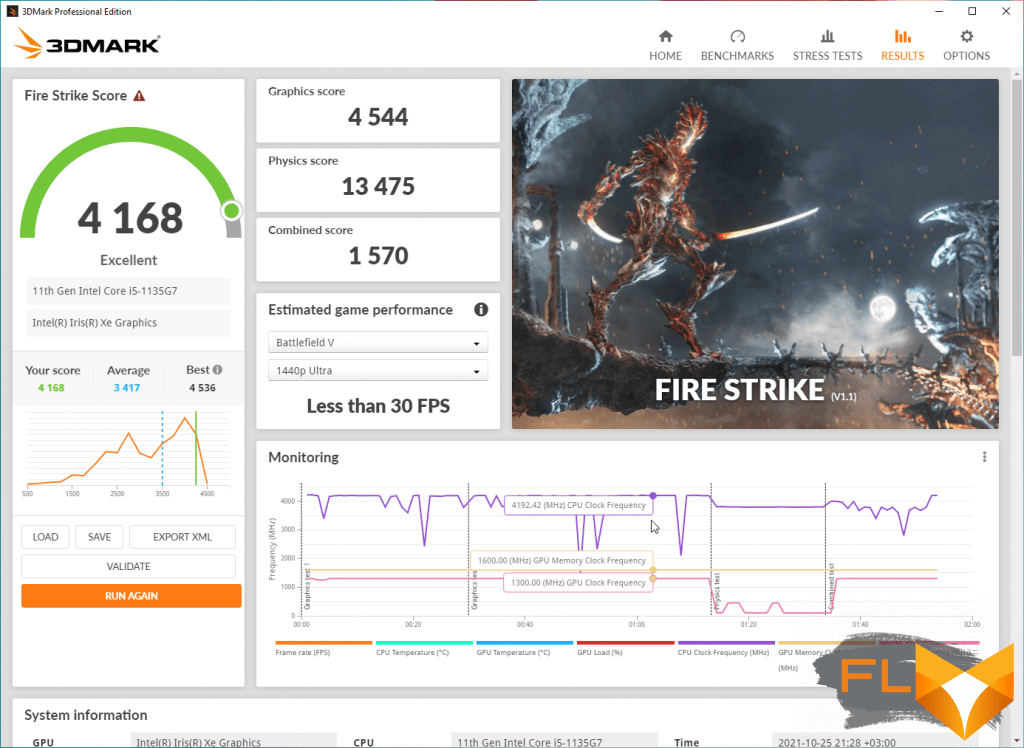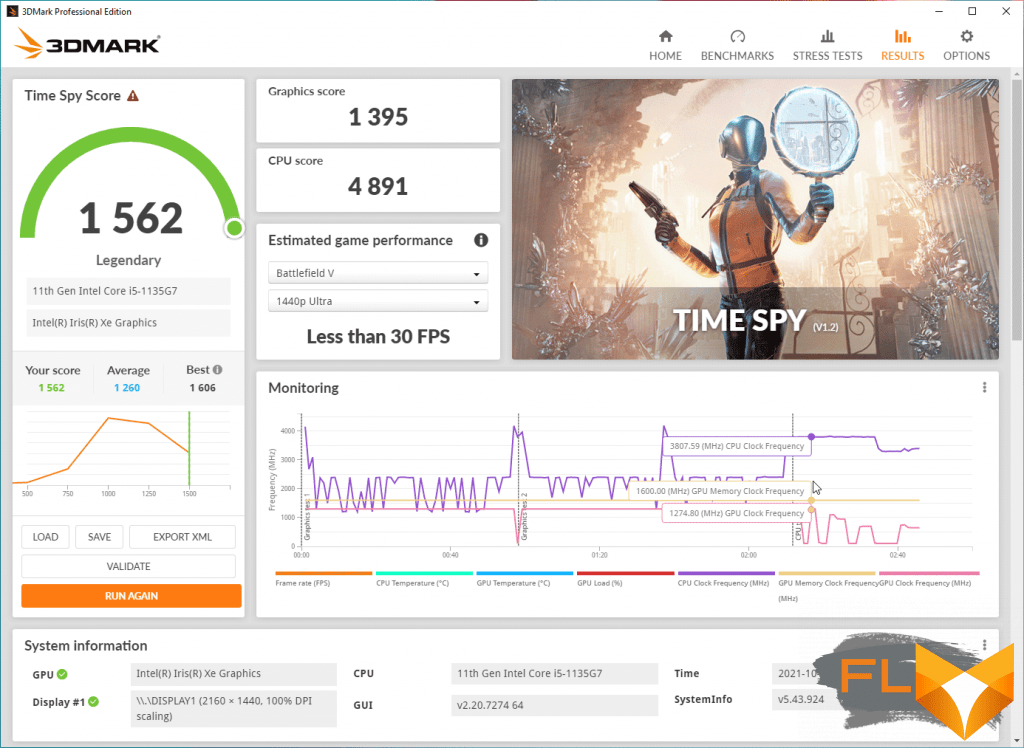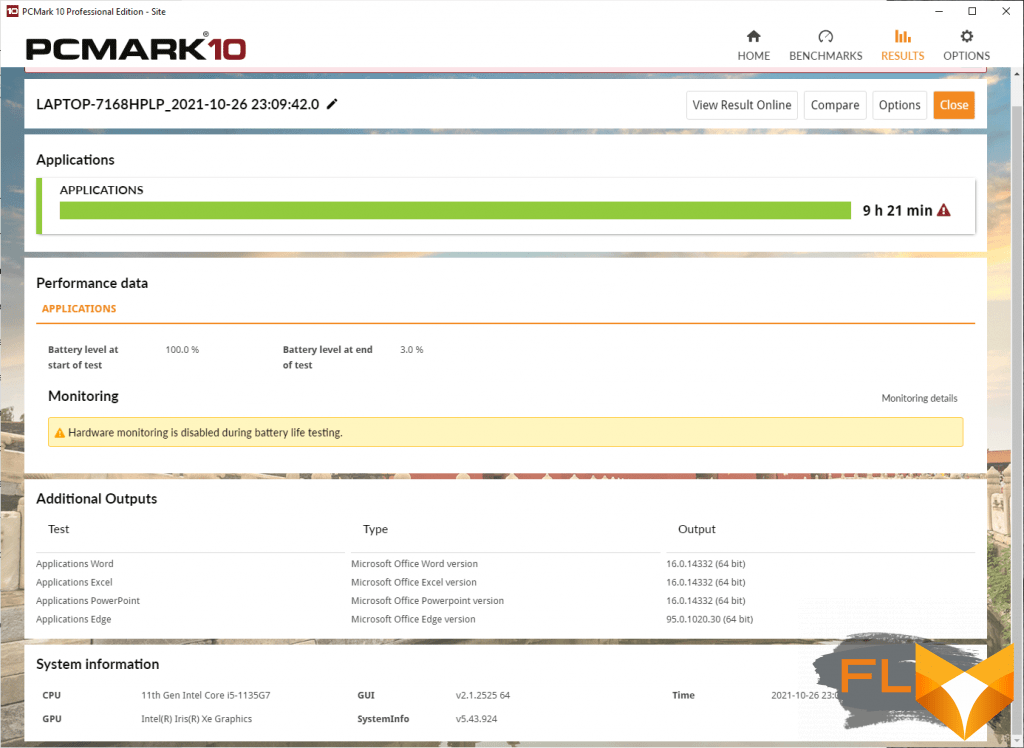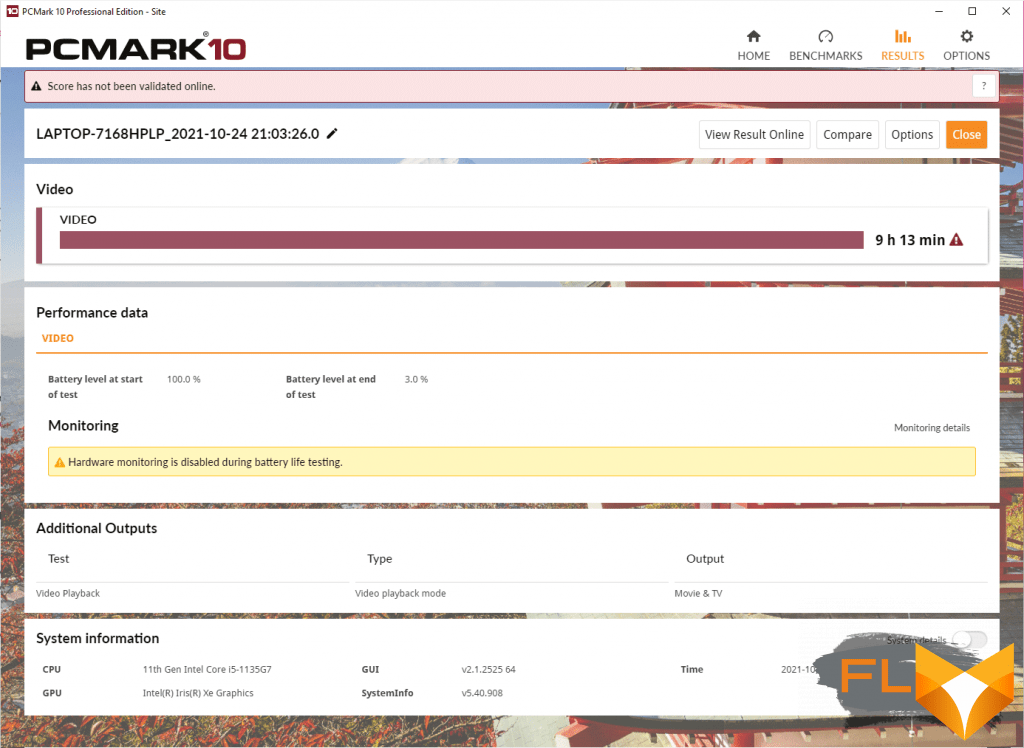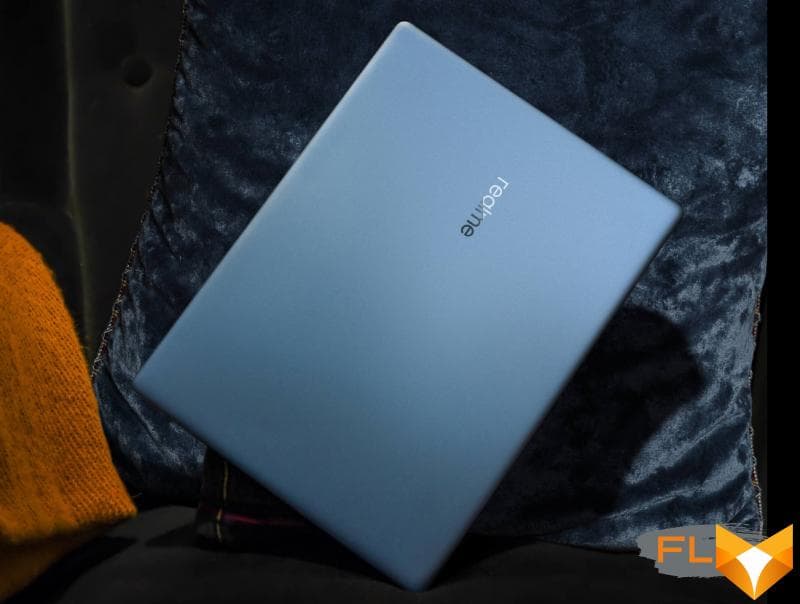


In just three years, Chinese realme has evolved from a youth sub-brand OPPO into an independent and very strong brand. And so strong that the company has already taken the third place in sales of smartphones in the Russian market, behind only Xiaomi and Samsung, and in terms of growth dynamics it has no equal at all, bypassing many competitors by more than an order of magnitude. It is not surprising that at present realme is actively expanding its assortment and that after smartwatches, headphones and TVs, the company has released its first ultrabook, directly calling it realme Book.
The novelty is aimed at a youth audience who values mobility and compactness, but at the same time, judging by the characteristics, it also received a fast hardware platform, a bright 2K screen, powerful charging and integration with a smartphone. Let’s take a closer look at the realme Book and find out how it differs from many other similar devices.
Box and delivery set
The box in which the realme Book is sealed is, perhaps, more like a tablet box than a laptop, it’s too compact. The front side shows the realme Book itself in working order, and the model name is indicated on the ends.
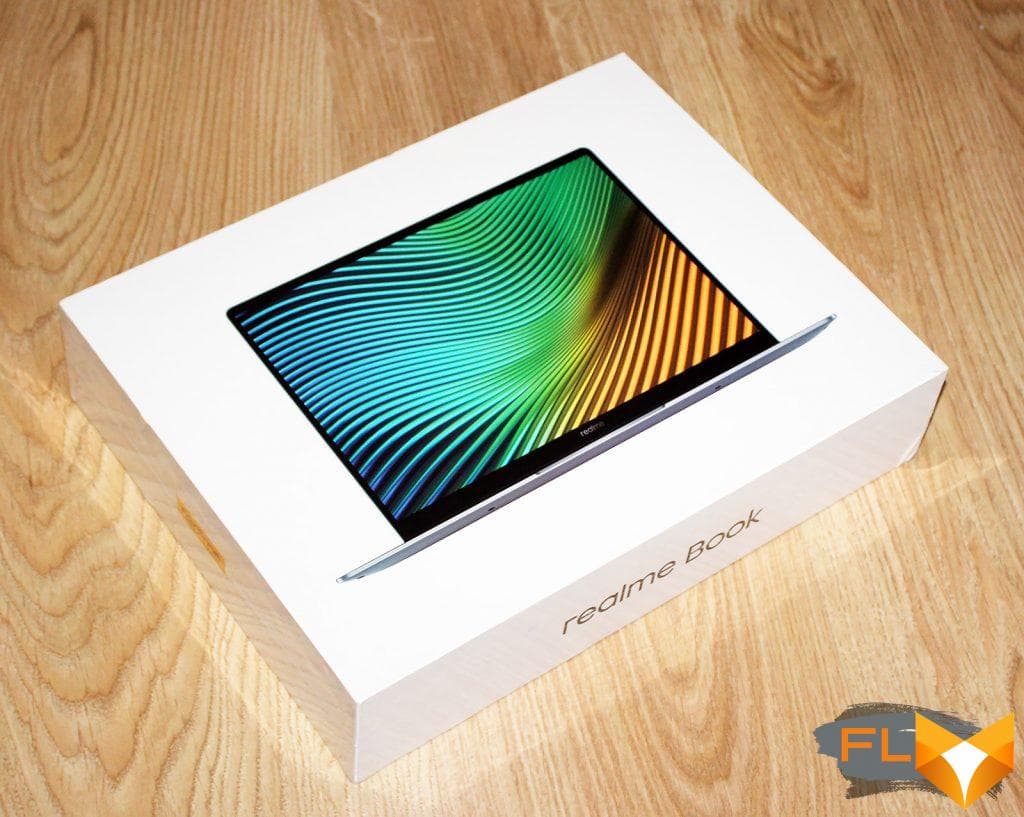
Useful information can be found on the back of the box. Here you can see the configuration of the ultrabook, its delivery set, as well as detailed information about the manufacturer.
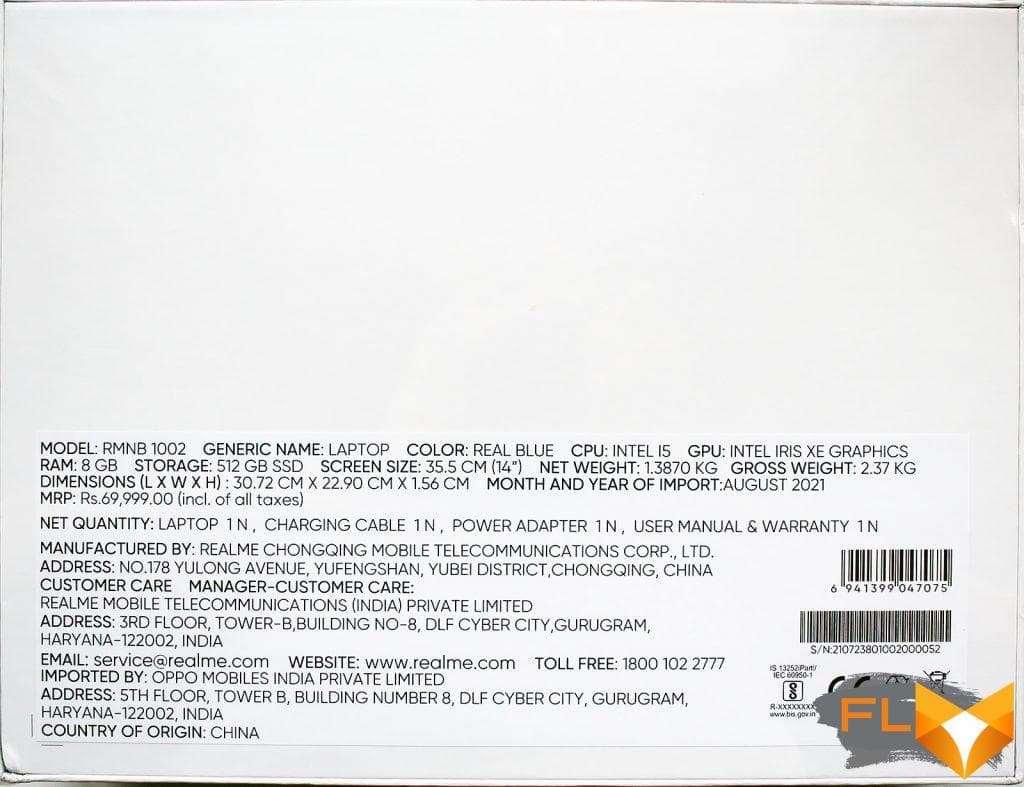
The laptop comes with a power adapter with a USB Type-C cable and a warranty memo.
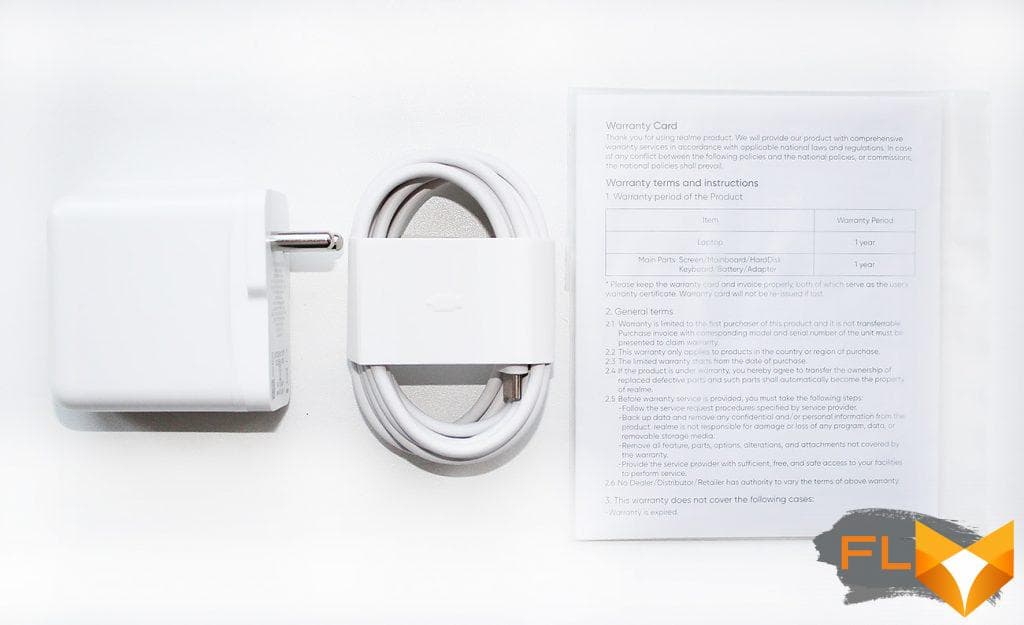
Based on the data on the box, our copy of the realme Book was released in August 2021 in China and is backed by a one-year warranty. The cost of an ultrabook in Russia will be about 1 thousand dollars.
Specifications
| realme Book (RMNB 1002) | ||
| CPU | Intel Core i5-1135G7 (Tiger Lake-U, 10nm SuperFin, 4 cores / 8 threads, 2.4-4.2 GHz, 8 MB L3 cache, max TDP 28 W) | |
| Chipset | Intel Tiger Lake-U | |
| RAM | 8 (4 × 2) GB LPDDR4x-4266 GHz (soldered on the board), timings 36-39-39-90 CR1 | |
| Video subsystem | Intel Iris Xe Integrated Graphics (96 Execution Units) | |
| Drive | 1 × SSD 1 TB Samsung PM991a (MZVLQ512HBLU-00B00), M.2 2280, NVMe, PCIe 3.0 x4 | |
| Display | 14.2-inch IPS-screen with a resolution of 2160 × 1440 pixels (aspect ratio 3: 2), frequency 60 Hz, brightness 400 nits, contrast ratio 1500: 1, viewing angle 170 °; color gamut 100% sRGB |
|
| Sound subsystem | Realtek ALC269 Codec, 2 Stereo Speakers, DTS Support | |
| Card reader | No | |
| Network interfaces | Cable Network | No |
| Wireless Wi-Fi | Intel Wi-Fi 6 AX201NGW (802.11ax, MIMO 2 × 2, & nbsp; 2.4 and 5 GHz, 160 MHz) | |
| Bluetooth | Bluetooth 5.2 | |
| Interfaces and ports | USB | 2 × USB 3.2 Gen1 (Type-C Thunderbolt 4, supports DP Alt Mode, Charging and DisplayPort) 1 × USB 3.2 Gen1 (Type-A) |
| Video outputs | DisplayPort over USB Type-C | |
| Audio connectors | 1 combo headset (mini-jack) | |
| Input Devices | Keyboard | Membrane, no digital block, 1.3 mm key travel, two-level backlight |
| Touchpad | Two-button, 124 × 78 mm | |
| IP telephony | Webcam | 720p @ 30 FPS embedded in top display bezel |
| Microphone | Two built-in microphones | |
| Battery | Li-Ion 54 Wh (6952 mAh) | |
| Power adapter | Model VCA7JEIH, max. power 65 W (20.0 V, 3.25 A) and weighing 177 g, cable 1.75 m long and weighing 46 g; charge the battery up to 50% in 30 minutes of charge |
|
| Dimensions | 307 x 229 x 14.9mm (Rear Thickness 18.0mm) | |
| Weight without power adapter: declared / measured | 1380/1383 | |
| Body colors | Real Gray or Real Blue | |
| Other features | Aluminum body; PC Connect technology; power button with integrated fingerprint reader |
|
| Operating system | Windows 10 Home | |
| Warranty, years | 1 | |
| Official price, $ | 1,000 | |
Case design and ergonomics
Externally, realme Book is a compact laptop made of aluminum and plastic and has a glass screen cover. The dimensions of the laptop are equal to 307 × 229 × 14.9 mm, and it weighs just under 1.4 kilograms.
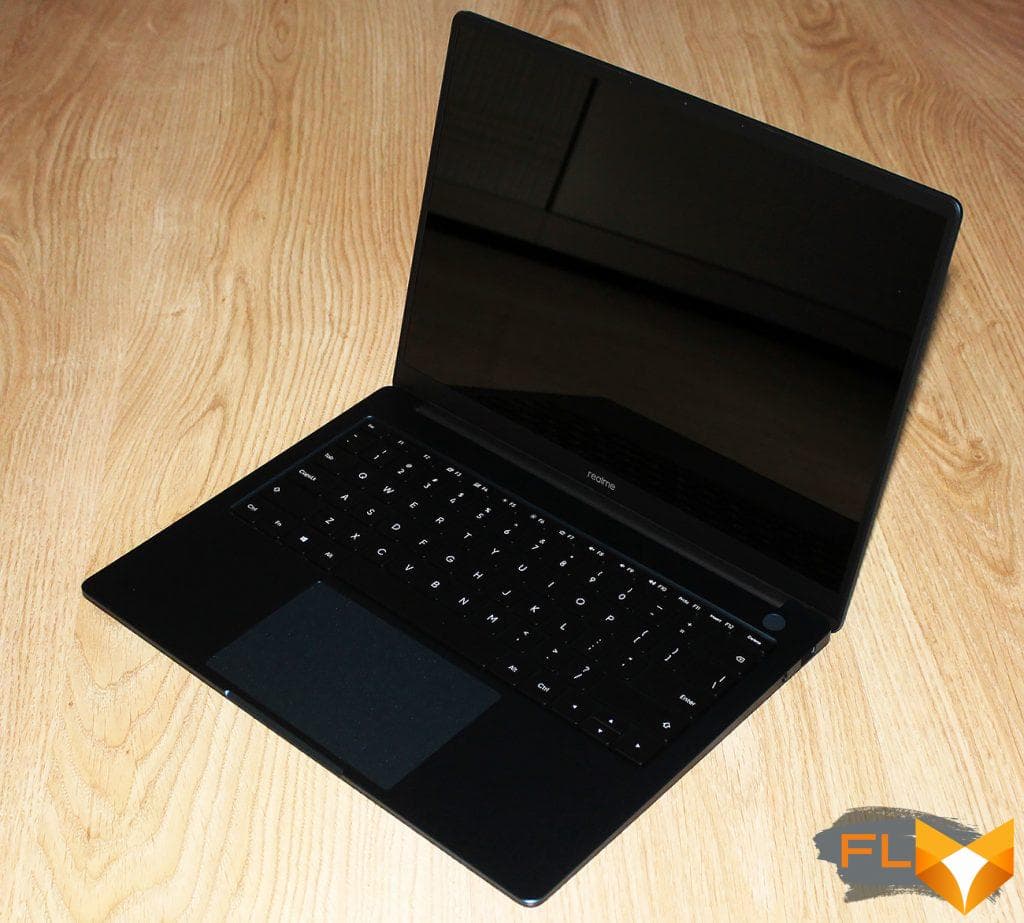
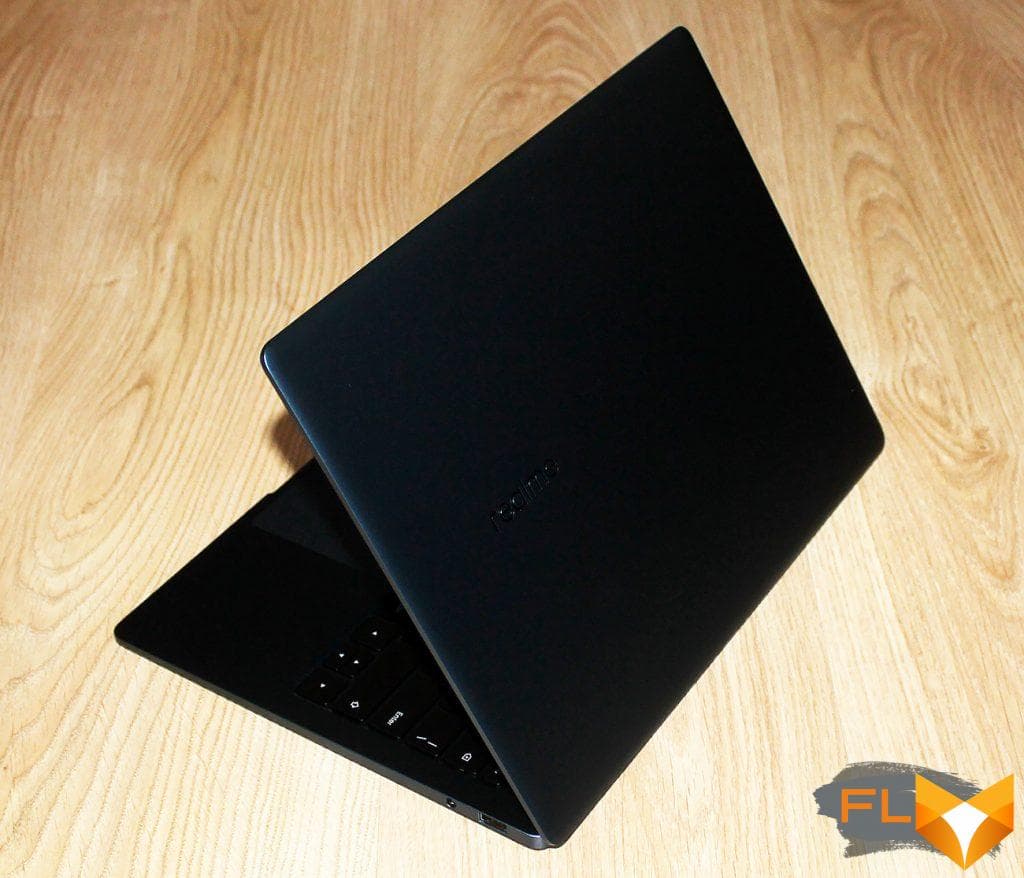
The user can choose one of two laptop colors – “real gray” or “real blue”. Moreover, the latter, which was provided to us for testing, is an obvious “chameleon” that changes color depending on the lighting.
The design is laconic and streamlined, the corners of the case are rounded, there are no prominent details or sharp transition lines.
In the outlines of the body of the realme Book, such models as Huawei MateBook 14 or Honor MagicBook 14 are easily recognizable. The second is almost a copy in general, judging by the shape of the base and the same rubber feet, the height of which is a little less than three millimeters.
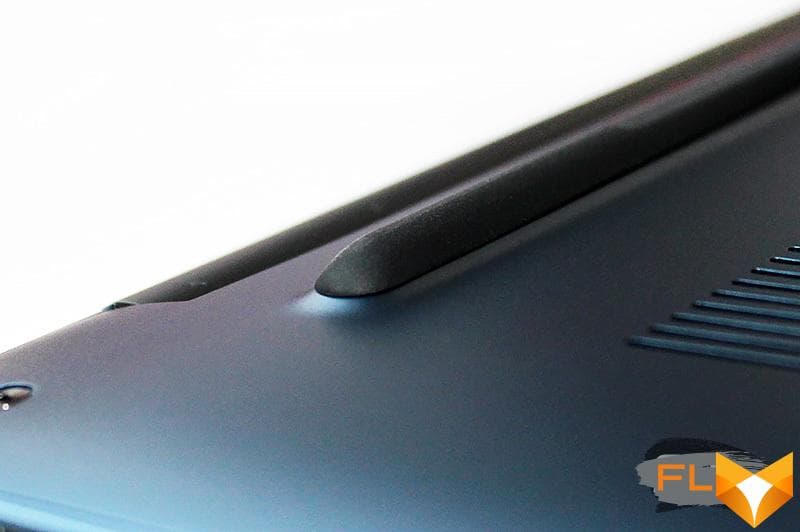
In addition to the legs and the ventilation grill, on the plastic base of the ultrabook, we note two double speaker grilles.
The front and rear ends of the realme Book are devoid of any connectors, only the front can be marked with a recess for the fingers, so that it is convenient to lift the top cover. True, the notch, according to the subjective opinion of the author of this material, is too small – and as a result, it is still not very convenient to hook up the panel.
Ports and connectors are brought out to the side ends of the case.


On the right, there is a universal mini-jack for microphone / headphone and only one USB 3.2 Gen1 Type-A port, and on the left are two USB 3.2 Gen1 Type-C ports of the Thunderbolt 4 interface with support for reverse charging (15W) and DisplayPort, as well as a charging indicator.
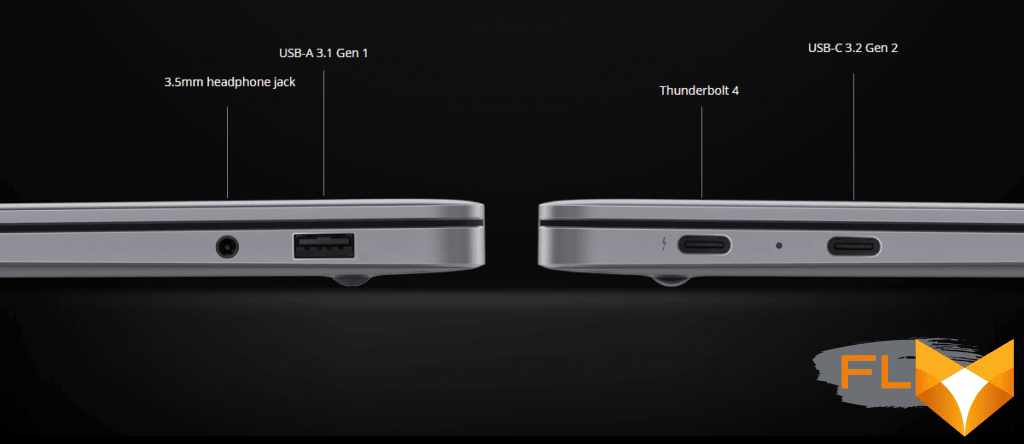
There is no HDMI video output, no card reader, and USB connectors are not enough – the set of ports is meager even for a very compact ultrabook.
The panel with the screen opens almost 180 degrees, literally a couple of degrees is not enough to fully horizontal scan. When you open it, you have to hold the base of the laptop.
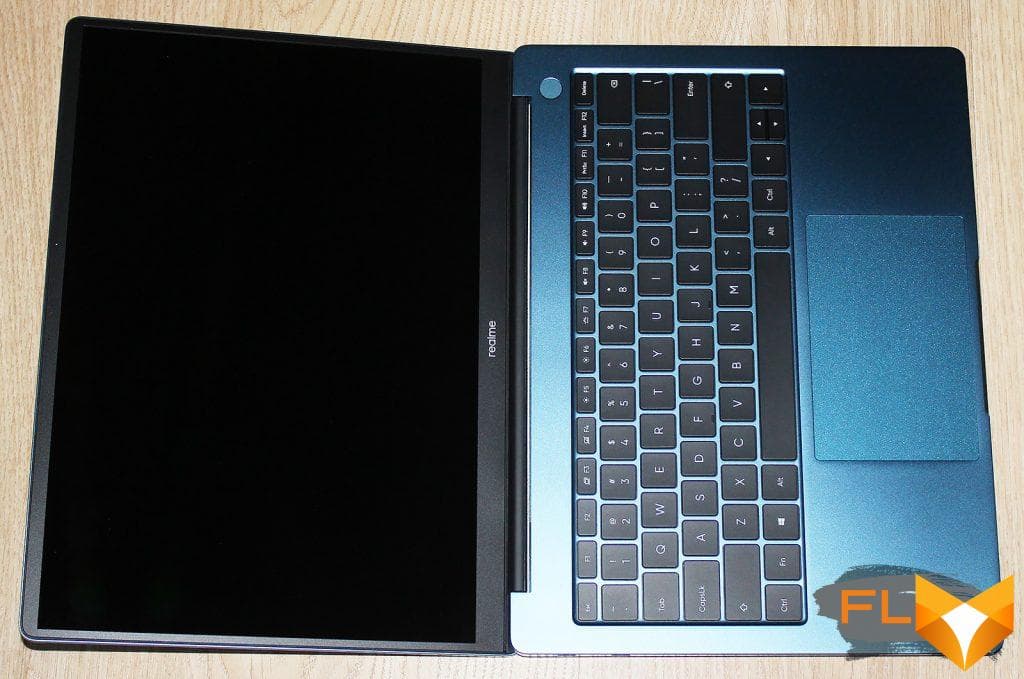
There are no comments about the build quality of the laptop, the aluminum panels are tactilely pleasant and unmarked. Separately, we note that realme Book has passed a series of reliability tests, including a 64-hour test in 40-degree heat and 90% humidity.
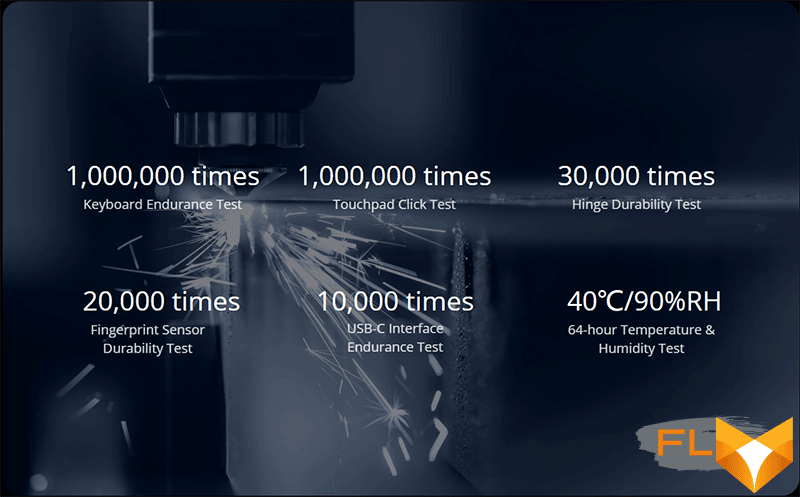
Input Devices
The keyboard of the 14-inch realme Book does not have a block of numeric keys, but almost all the main buttons are full-sized. So, most of the keys have dimensions of 16.5 × 16.5 mm, and the functional ones are 17.5 × 9.0 mm. The key travel is 1.3 mm.
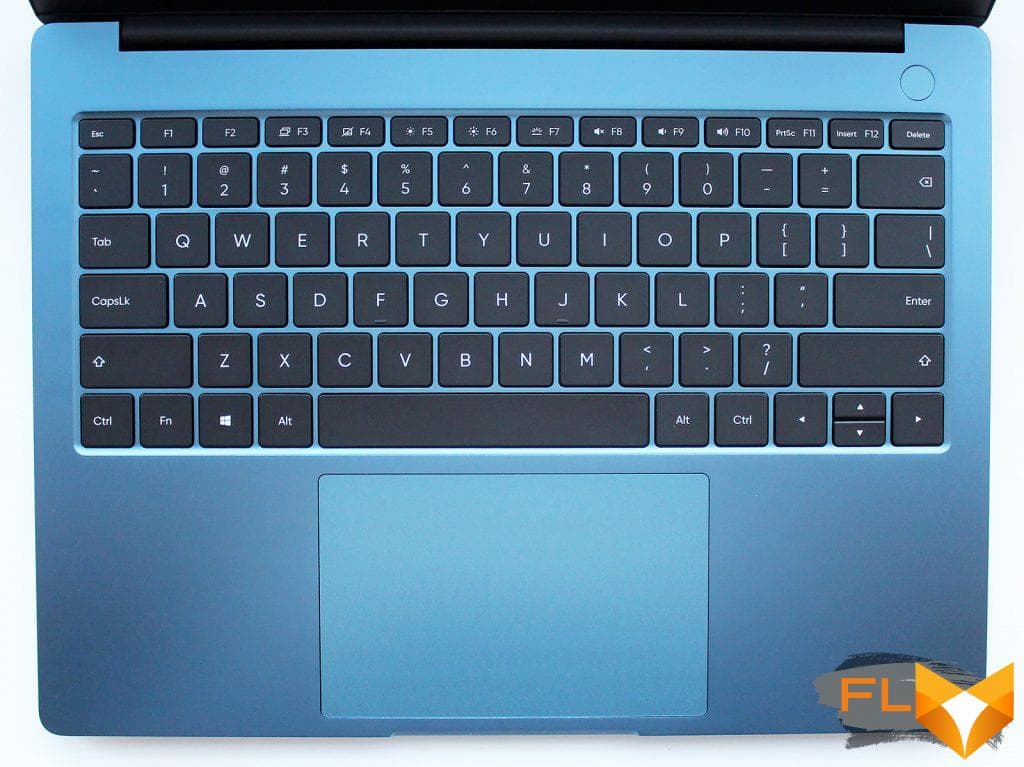
Both Shift and Enter are increased in size, you don’t miss them, but with the up and down arrows there is the same problem as in Honor – they are half the size of other keys.
In general, everything is the same as in the MagicBook 14. The English keyboard layout is in white, the Russian one is not on the test sample, but the company representatives assured us that retail samples on the Russian market will have it. The keys are backlit in white with two brightness levels.
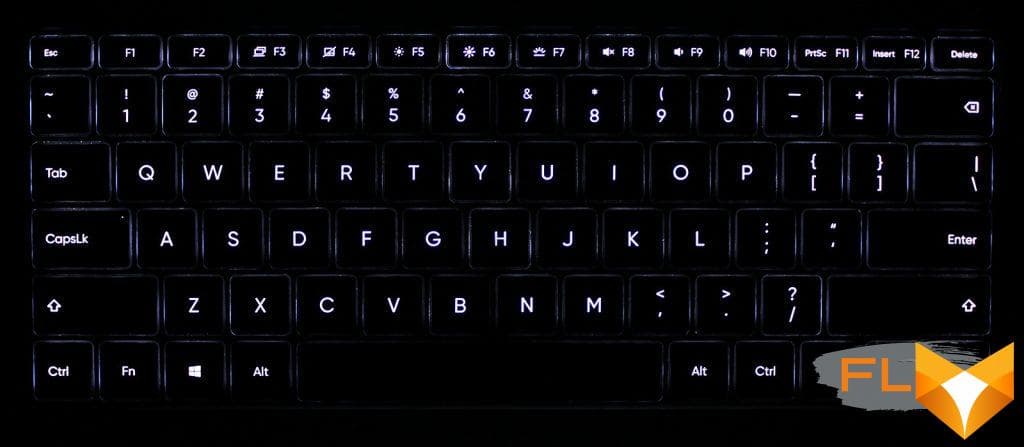
The touchpad is two-button, 124 × 78 mm in size, with a smooth sensitive surface.
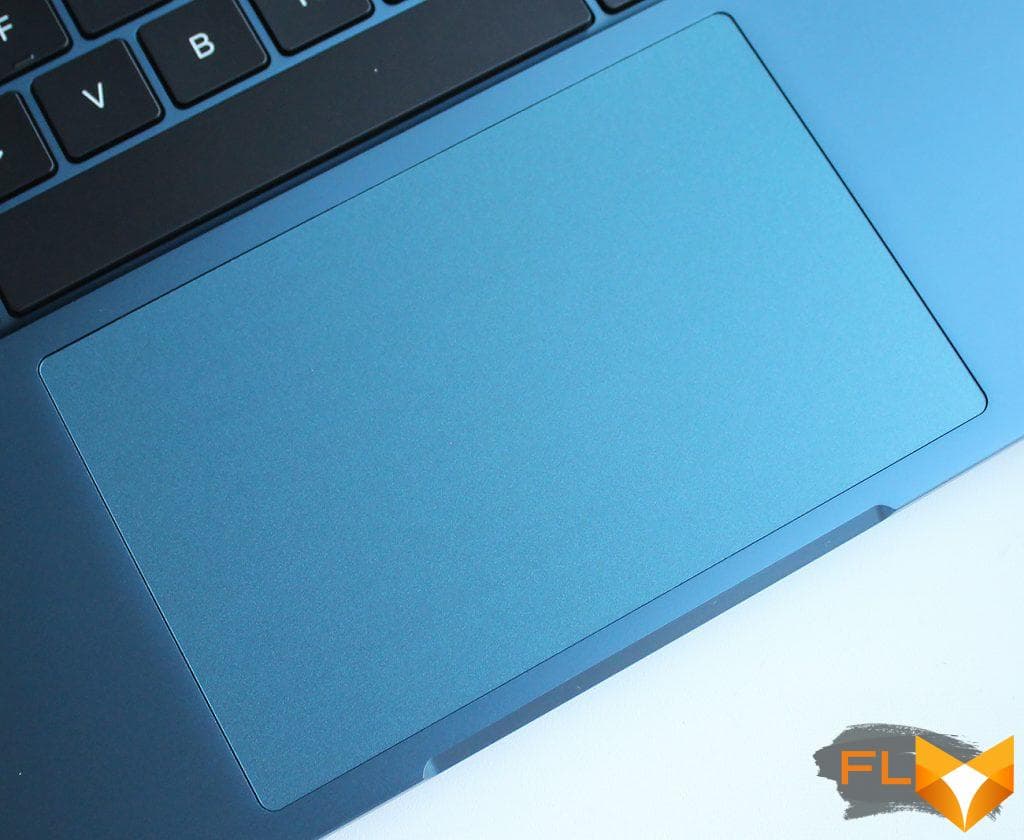
Also, realme Book is equipped with a 720p (30 FPS) webcam installed in the upper display frame. Next to it are two microphones with support for intelligent noise reduction Vocplus AI.
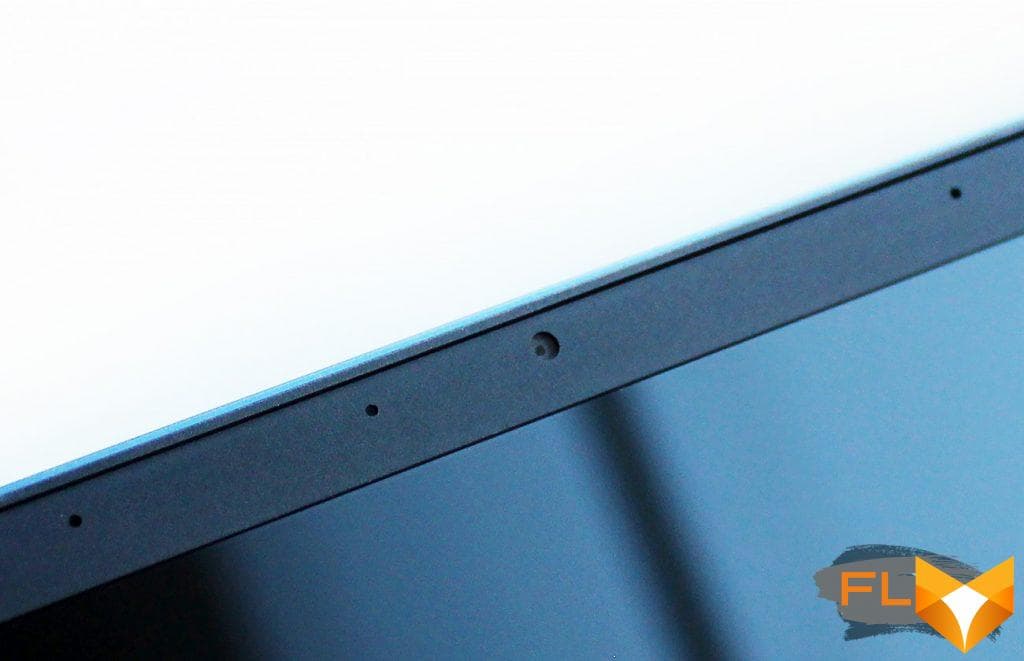
The round laptop power button is located in the upper right corner, above the Del key, and it also has a built-in fingerprint scanner.
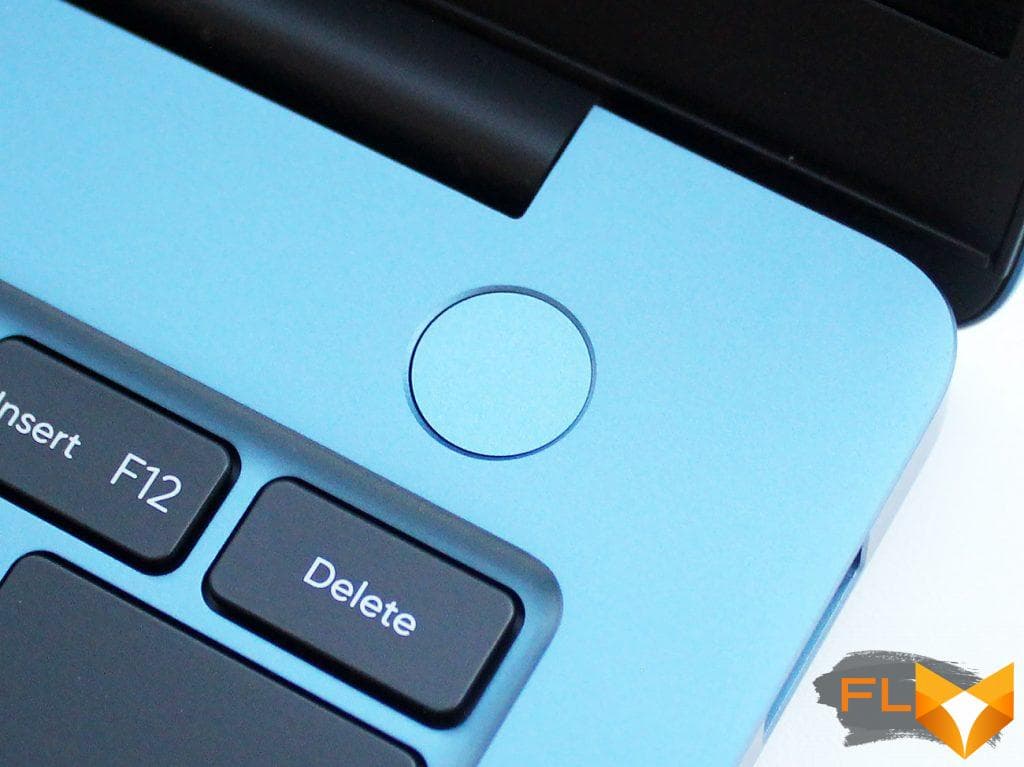
In addition to all this, realme Book supports smartphone integration using the installed PC Connect application. True, at the time of preparing this material, only the realme GT Master Edition smartphone was supported, but in the near future the company plans to make this function universal.

Well, in order to keep the device in perfect condition and update programs, the pre-installed PC Health Check utility will monitor.
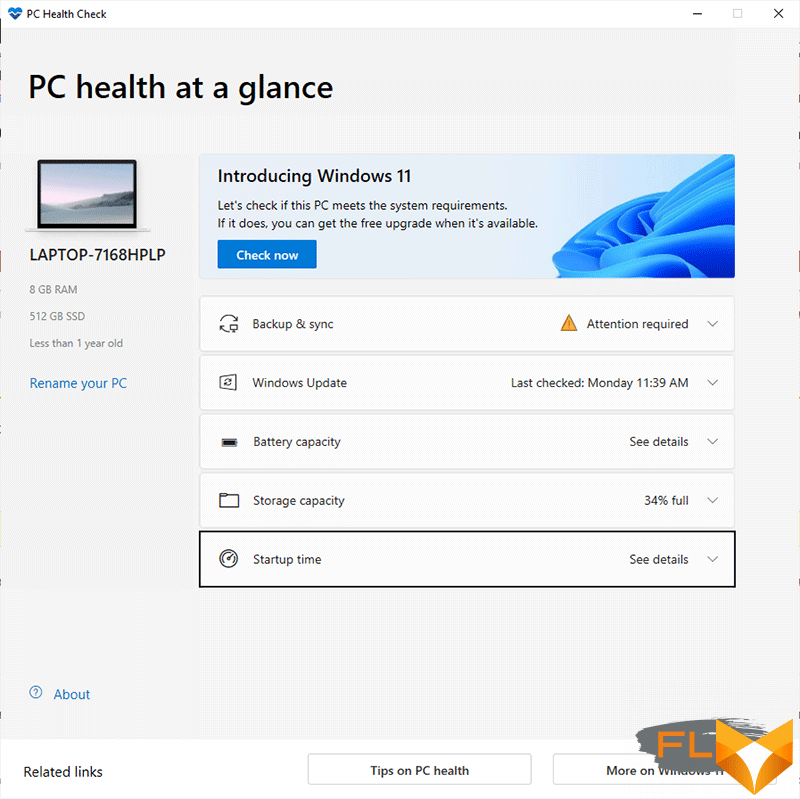
It can also be noted here that realme Book comes with a pre-installed Windows 10 Home operating system with a free upgrade to Windows 11, as well as the Microsoft Office 2019 Home & Student package.
Display
The realme Book display diagonal is 14.2 inches, the aspect ratio is 3: 2, and the resolution is 2160 × 1440 pixels – it is convenient for daily work with documents and others like them. The side bezels are 5 mm wide, the top 8 mm and the bottom 15 mm.
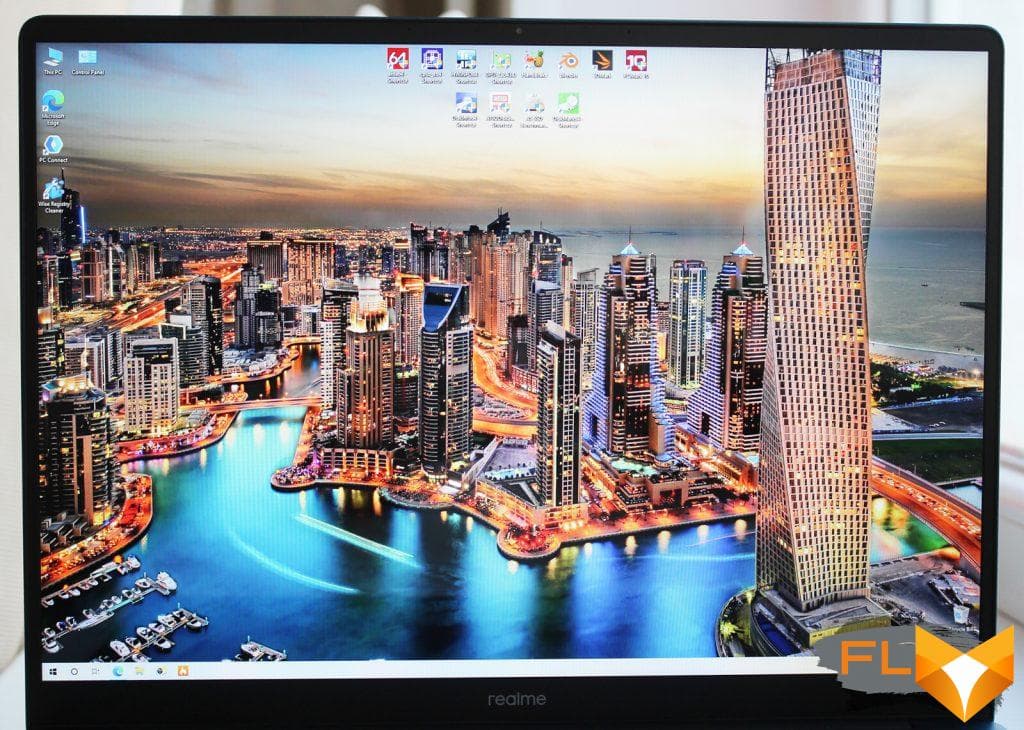
RealmeBook laptop screen
The matrix here is IPS, with a frequency of 60 Hz (model HD140ZB-01A), a brightness of 400 nits, a contrast ratio of 1500: 1 and viewing angles of 170 degrees.
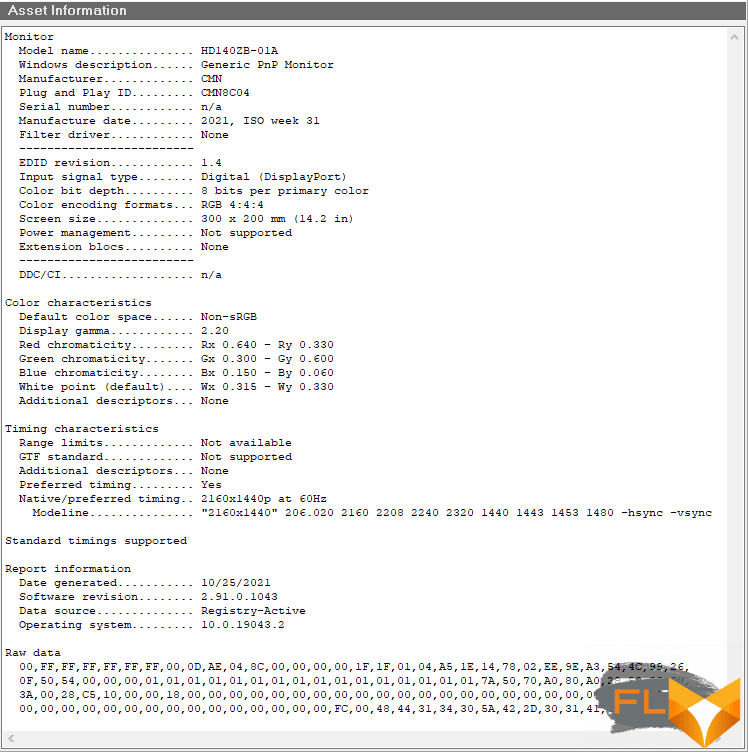
The color gamut corresponds to 100% sRGB, the color depth is 8 bits.

We tested the laptop display with the X-Rite i1 Display Pro calibrator and the Argyll CMS software with the DispcalGUI graphical interface. All measurements were taken without additional display calibration. Let’s see the results.
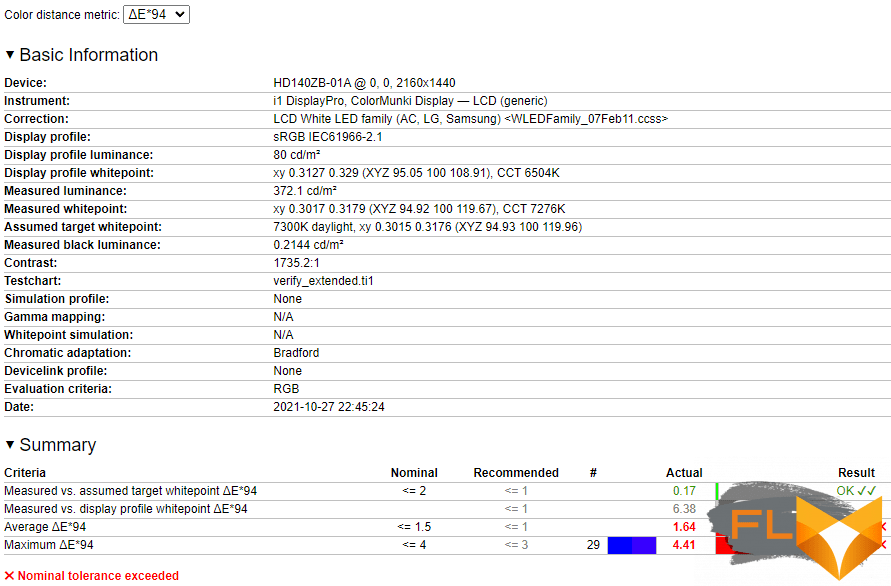
The average value of the deviations DeltaE was equal to 1.64 units, and the maximum – 4.41 units. The results are slightly above the tolerance limit – it looks like the realme Book display is not a reference.

The color temperature of the display is noticeably higher than the reference value of 6500 K and is equal to 7100 K, which also indicates a far from perfect factory calibration.
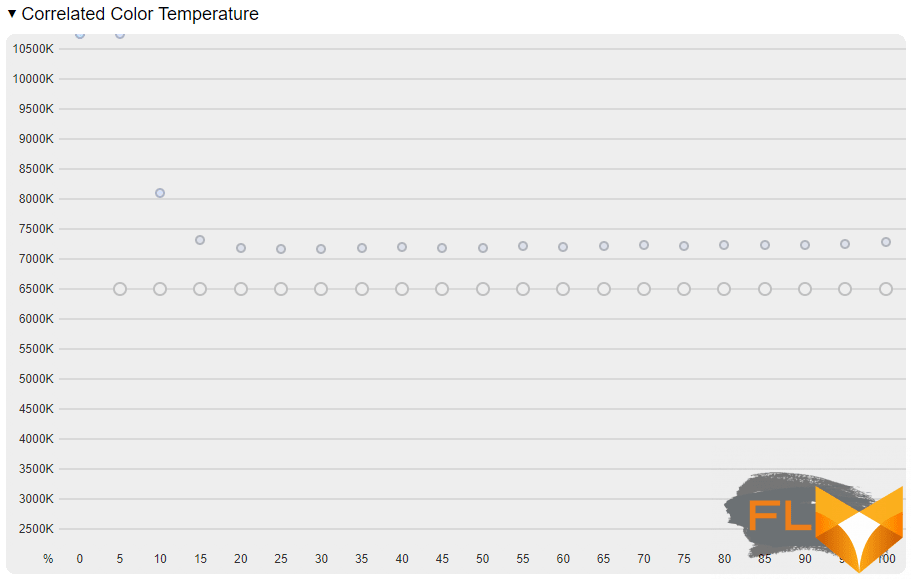
The situation with the gamma curve is slightly better, but it is also far from ideal.
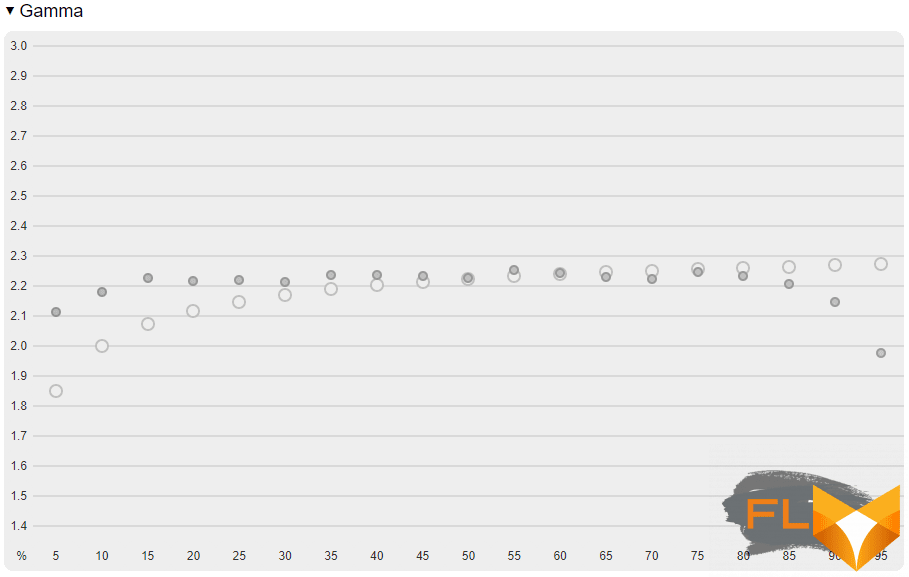
But with the color balance of the display, things are much better.
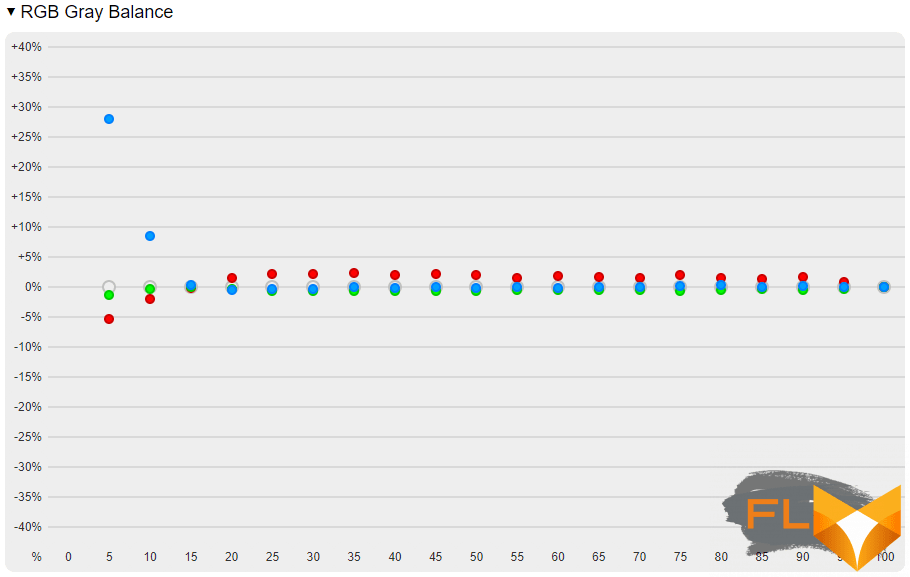
Calibrating the display helped to correct almost all of its shortcomings. The average DeltaE deviation of the laptop was only 0.08 units, and the maximum was 1.26 units. The sRGB color space is 95.7%.

The measured maximum brightness of the display was 371 cd / m2 with the declared 400 cd / m2 in the specifications. The minimum value is 3 cd / m2.
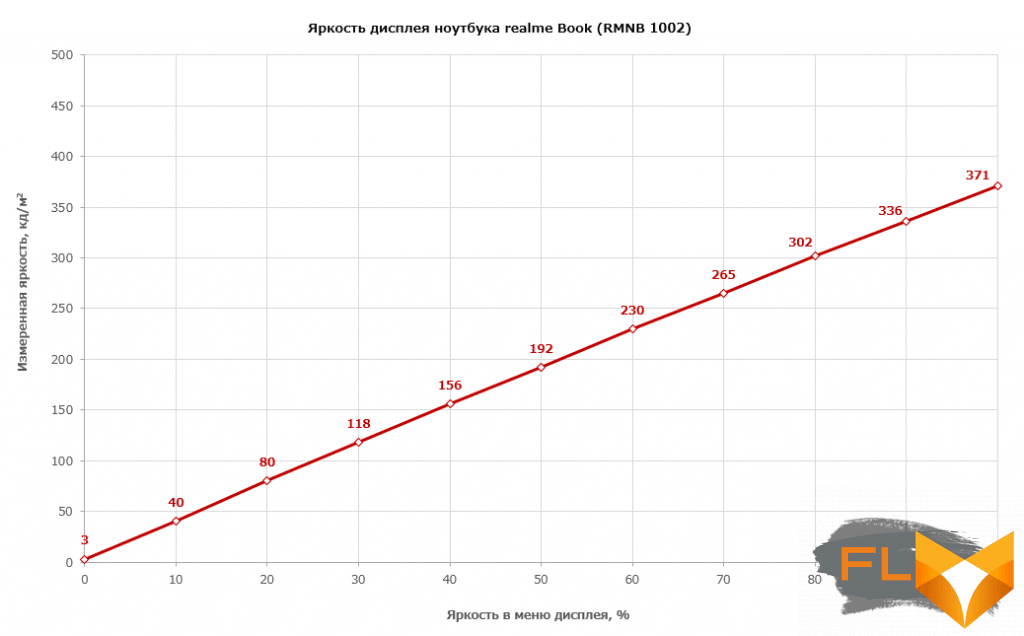
Note here that the curve of the dependence of the display brightness on the adjustment in the menu is practically linear, which is convenient for adjustment.
With the uniformity of the backlighting of the ultrabook display, everything is in order.
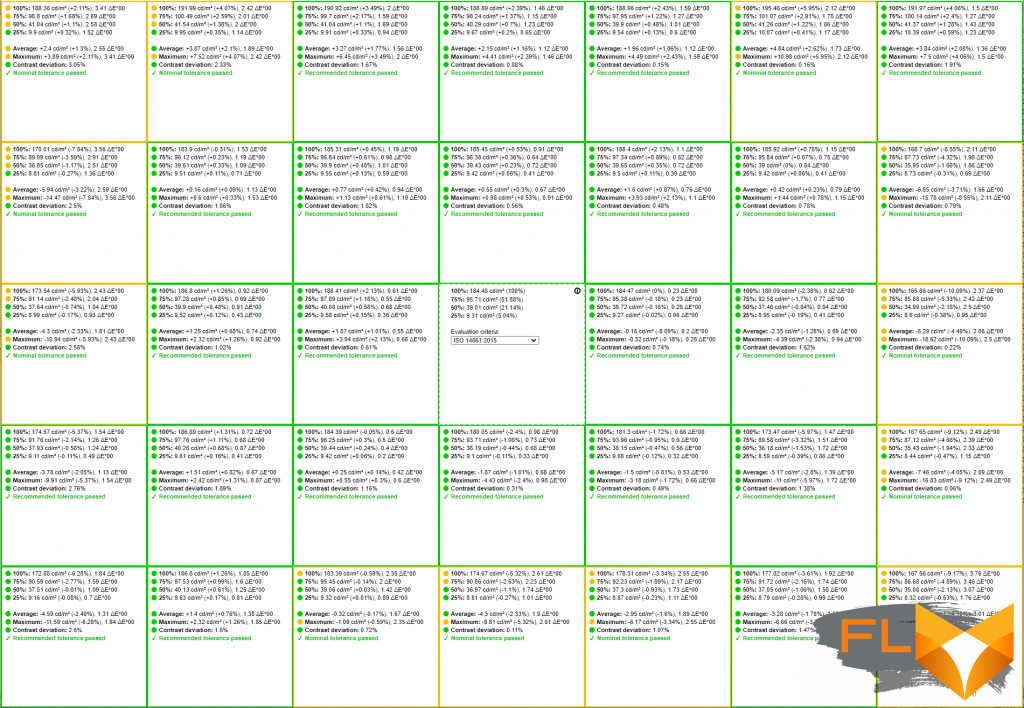
Internal structure and accessories
Like any other ultrabooks, the plastic base of the realme Book does not have separate access doors and is removable entirely. You just need to unscrew the screws around its perimeter.
The internal layout of the Ultrabook is nothing special. The largest volume is accounted for by the battery with acoustics on the sides, and the remainder is accounted for by the motherboard with components and a cooling system.
The summary information from the AIDA64 Extreme utility will open acquaintance with the realme Book hardware, and then we will get acquainted with each component separately.
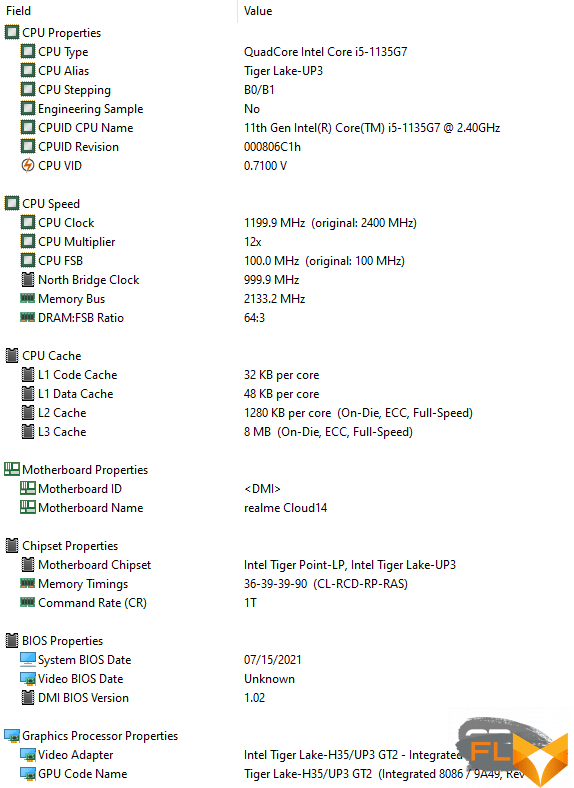
The ultrabook motherboard is based on the Tiger Lake-U chipset and has BIOS version 1.02 dated July 15, 2021.
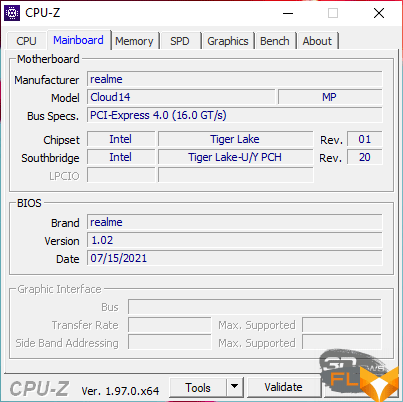
The role of the processor in the ultrabook is played by the Intel Core i5-1135G7 – one of the youngest mobile CPUs of the 11th generation of the Core microarchitecture with four physical cores, eight threads and a third-level cache memory of 8 MB.

The turbo boost of the processor can reach 4.2 GHz with a declared TDP of 28 watts.

Unfortunately, the realme Book only has 8GB of RAM soldered to the motherboard. There are currently no variants of such a laptop with 16 GB of RAM. But the memory is fast: LPDDR4x chips are used, operating at 4.266 GHz with primary timings of 36-39-39-90 1T.
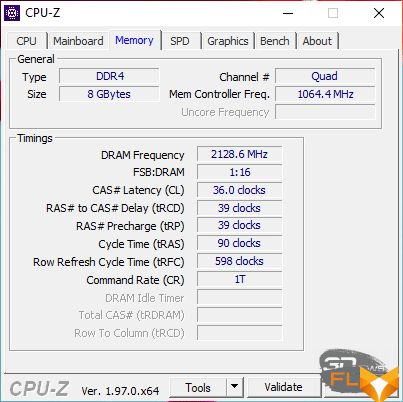

The memory bandwidth is at a very high level for ultrabooks. It’s a pity that the same cannot be said about its latency (more precisely, it can be said, but only in the opposite sense).
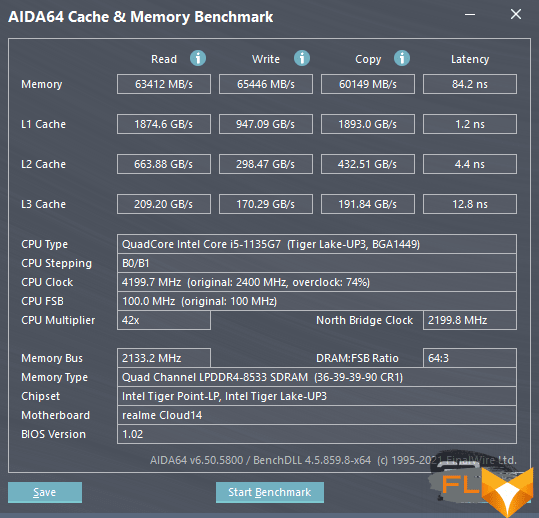
For the graphics in the realme ultrabook, the Intel Iris Xe core built into the processor with 96 execution units and a frequency of 1.3 GHz in 3D mode is responsible.
There is only one drive in the “Book”: a 512 GB SSD with a PCIe 3.0 x4 interface is installed in the M.2 slot. Our version uses the Samsung PM991a model (MZVLQ512HBLU-00B00).
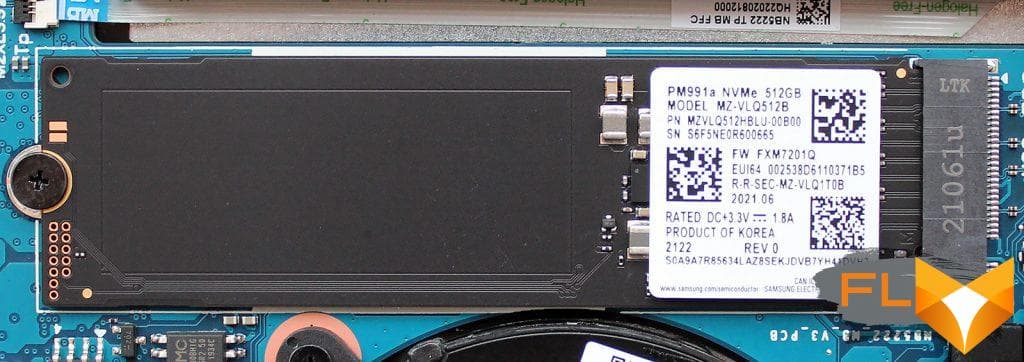
The stated sequential read and write speeds are 3100 and 1800 Mbps, respectively. Crystal Disk Info informs that the drive has already turned on 327 times and worked for 58 hours, but the laptop was completely new, out of a sealed box, and Windows 10 Home started on it for the first time.
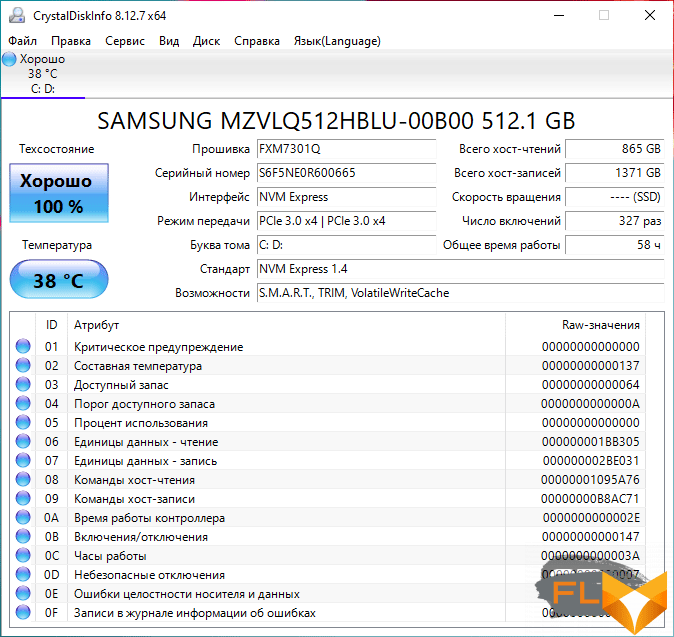
Perhaps the SSD was going through some internal tests before being installed in the ultrabook.
As for its performance, the results we obtained do not reach the specification values, although in general the SSD performance is at a decent level. It is important that when the realme Book is running on battery power, the speed characteristics of the drive do not decrease, which we will further demonstrate in the screenshots with the test results.
But we had to worry about the temperature regime of the SSD, since during its stress load the temperature rose to 73 degrees Celsius.

This is not surprising, because the SSD does not have any heat spreader, and the ultrabook is cramped in the case, especially since there are no ventilation holes in the SSD area. But it should be noted that under normal workload, the drive temperature is around 33-35 degrees Celsius.
Wireless communication in realme Book is provided by the Intel Wi-Fi 6 AX201NGW module with support for Wi-Fi 6 (802.11ax) and Bluetooth 5.2, as well as 2.4 and 5.0 GHz frequency bands.
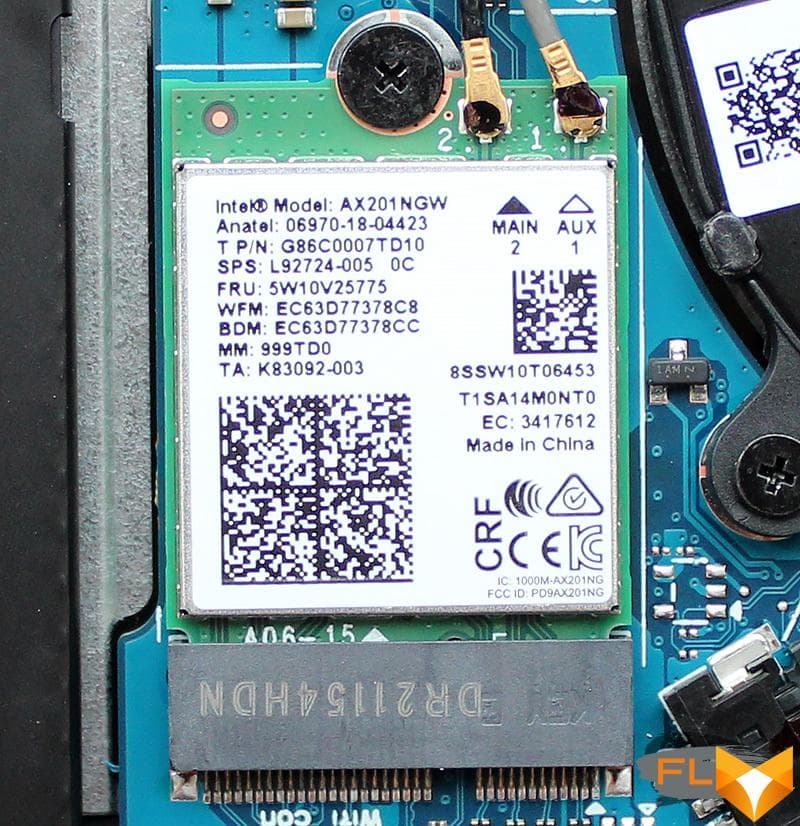
The audio section of the ultrabook is based on the Realtek ALC269 codec.
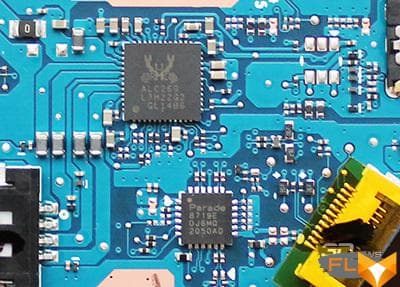
It processes and outputs the sound range to two stereo speakers with a power of two watts each, located at the base of the ultrabook.
Subjectively, the sound of the realme Book is absolutely standard for a laptop, the volume margin is sufficient.
Cooling system, efficiency and noise level
The ultrabook cooling system uses two heat pipes with a diameter of 8 mm, transferring the heat flow to two independent radiators, which are cooled by fans.

Cool air enters the fans from the bottom through the ventilation grill and is expelled at the back of the ultrabook
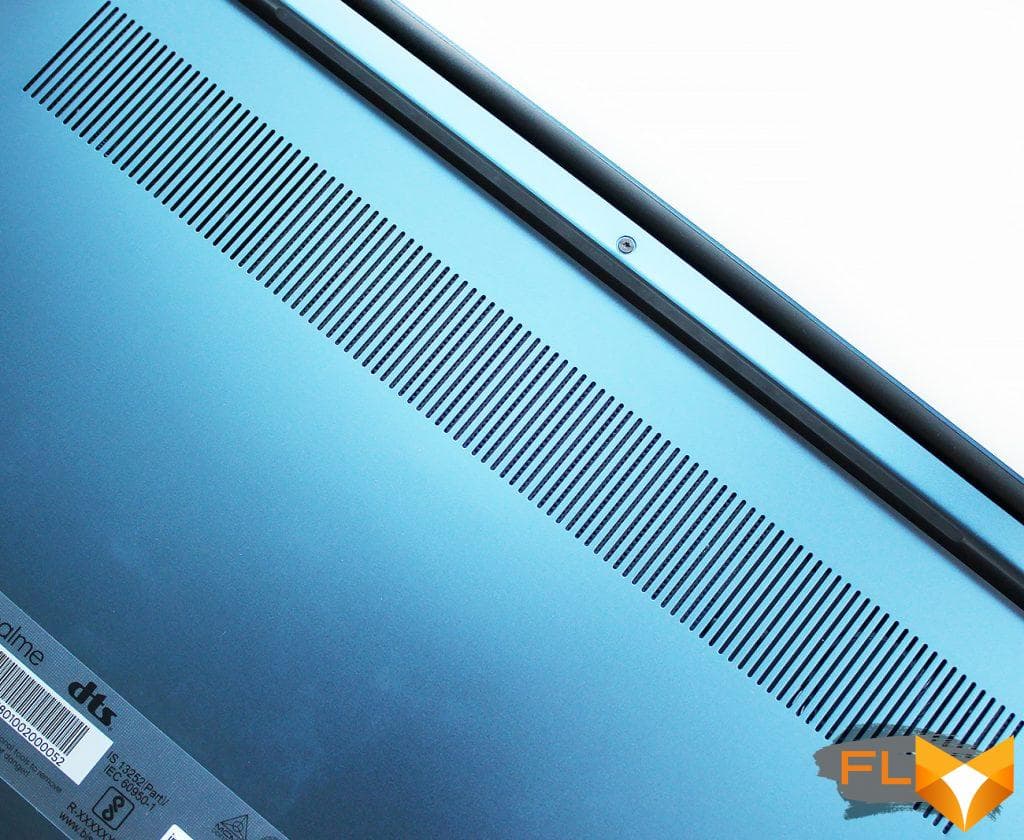

To evaluate the cooling efficiency of the CPU in the Ultrabook, we used the powerMAX stress test in AVX mode. The HWiNFO64 utility version 7.13.4600 was responsible for monitoring all indicators. Testing was conducted on Windows 10 Home x64 operating system with the latest available drivers and updates. The ambient temperature in the room was 24.5 degrees Celsius.
Unlike other similar ultrabooks, the realme Book does not have different operating modes for the processor and cooling system, so we tested it only when connected to the power adapter and mains, as well as when running on battery power. The test results are shown in two screenshots (for analysis it is more convenient to download and switch between them).
There are no significant differences between these two operating modes of the ultrabook, but still, when powered from the mains, the processor quickly goes into throttling, followed by frequency stabilization at 2.8-2.9 GHz with a heat dissipation of 27-29 W. Under the same conditions, when running on battery power, throttling is not observed, and after stabilizing the load, the processor frequency is only 0.1 GHz lower with practically the same thermal package and temperatures. The ultrabook’s noise level is low even under stress, the rustling of the fans is audible, but not at all uncomfortable. If the realme Book is not loaded with programs actively using AVX-instructions, then the ultrabook constantly works silently.
Performance testing
We evaluated the performance of the realme Book in comparison with the performance and cost of the Honor MagicBook 14 NMH-WDQ9BNE ultrabook, which is as close to it as possible, equipped with an AMD Ryzen 5 5500U processor. Both notebooks were tested under maximum performance mode with AC adapter plugged in. The results of processor tests and RAM tests are presented in the table, and in 3D benchmarks they are additionally duplicated in the screenshots.
| Test name | Index |
realme Book RMNB 1002 (Intel Core i5-1135G7) |
Honor MagicBook 14 NMH-WDQ9BNE (AMD Ryzen 5 5500U) |
|
| Date of announcement
and cost : |
oct 2021 ~1 000$ |
sep 2021 ~900$ |
||
| AIDA64 memtest | Read | ↑ | 63 412 | 43 332 |
| Write | ↑ | 65 446 | 39 141 | |
| Copy | ↑ | 60 149 | 34 766 | |
| Latency | ↓ | 84,2 | 95,4 | |
| WinRAR | KB/s | ↑ | 10 018 | 10 437 |
| 7-Zip | GIPS | ↑ | 37 297 | 47 349 |
| Geekbench 5 | Single-Core Score | ↑ | 1 396 | 1 095 |
| Multi-Core Score | ↑ | 5 307 | 5 561 | |
| HandBrake | H.265 MKV 4K, s | ↓ | 698,65 | 512,70 |
| CineBench R23 | CPU (Multi Core), pts | ↑ | 5 458 | 7 042 |
| CPU (Single Core), pts | ↑ | 1 367 | 1 180 | |
| Blender (Classroom) | Classroom, time | ↓ | 0:22:06 | 0:14:59 |
| VeraCrypt (Kuznyechik (Serpent(Camellia) |
Encryption, MiB/s | ↑ | 428 | 427 |
| Decryption, MiB/s | ↑ | 402 | 399 | |
| PCMark’10 | Total | ↑ | 5 034 | 5 100 |
| Essentials | ↑ | 10 020 | 8 962 | |
| Productivity | ↑ | 6 394 | 7 605 | |
| Digital Content Creation | ↑ | 5 404 | 5 281 | |
| 3DMark | Night Raid | ↑ | 16 218 | 12 801 |
| Wild Life | ↑ | 11 761 | 5 931 | |
| Fire Strike | ↑ | 4 168 | 2 935 | |
| Time Spy | ↑ | 1 562 | 1 113 | |
| World of Tanks enCore RT (Full HD) |
FHD, Score | ↑ | 10 876 | 10 982 |
Again, as after the tests of the HUAWEI MateBook 14s, we can observe how the realme Book with an Intel processor leads in single-threaded benchmarks, and with good parallelization of the processed load, the Honor MagicBook 14 with an AMD processor takes the lead. And yet, overall, these laptops turned out to be very similar in performance, apart from the discrepancy in the 3DMark tests, where the Intel Iris Xe core is noticeably ahead of the graphics integrated into the AMD Ryzen 5 5500U.
Autonomy
By modern standards, realme Book is equipped with a small capacity battery – only 54 Wh (6952 mAh). The battery is removable and can be replaced over time.
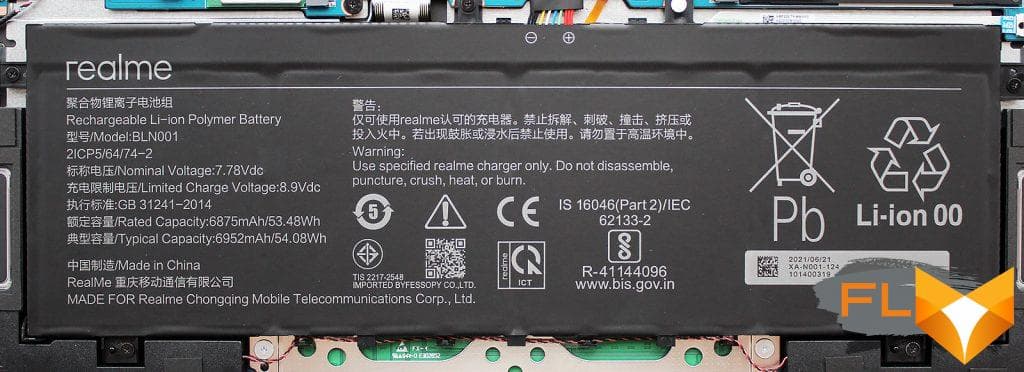
Interestingly, according to AIDA64 Extreme, the battery capacity at full charge turned out to be lower than the passport one by 3.7 Wh (50.3 Wh versus 54 Wh).
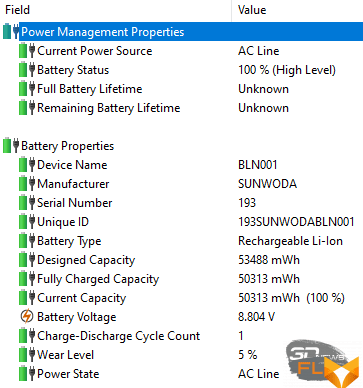
The included VCA7JEIH adapter has a maximum power of 65W and should charge the ultrabook to 50% in just 30 minutes.
Based on the results of five battery charging cycles, the average time to replenish its capacity from 3 to 100% takes 1 hour 42 minutes, and the first 50% of the battery takes 33 minutes.
The autonomy of the ultrabook was tested with a display brightness of 200 cd / m2. The tests were carried out using the PCMark’10 package in four modes. Network connections and sound were not turned off, no artificial optimizations were introduced. The results are as follows.
for such a modest battery and a 2K screen, the autonomy of the realme Book is not bad, but still far from the indicators of the leaders among ultrabooks.
Conclusion
Unlike the first realme smartphones, the company’s launch ultrabook did not make a strong impression either with its characteristics or with a successful combination of price and functionality with performance. By modern standards, it turned out to be a completely ordinary, compact and not heavy mobile computer with already familiar components that provide an acceptable level of performance in daily tasks.
At the same time, the realme Book is thin, modern and concise, it does not make noise in operation and practically does not get warm. Without recharging, it can work for more than nine hours, and up to 50% of the battery capacity is charged in just 30 minutes. The nimble and energy-efficient processor is capable of handling any office task, and you can even play something that is not resource-intensive on it. It is a pity that the ultrabook has only 8 GB of memory and that there are too few USB ports, and there is no card reader at all (microSD would have entered without problems). Network, camera, keyboard, touchpad, sound – everything is like most other ultrabooks in this class.
The declared value of 1 thousand dollars can hardly be called very profitable, since there are a lot of competitors for such a price, and some of them have been on the market for a long time and are not inferior to the realme novelty. At the same time, considering how quickly the company brings new models of smartphones to the market, we are sure that the release of the second version of the Book is just around the corner, and we hope that it will eliminate the shortcomings that we have identified today, without increasing the cost.




